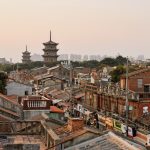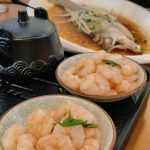Last week, I visited Vietnam, spending 8 days across Phu Quoc Island, Ho Chi Minh City, and Nha Trang.
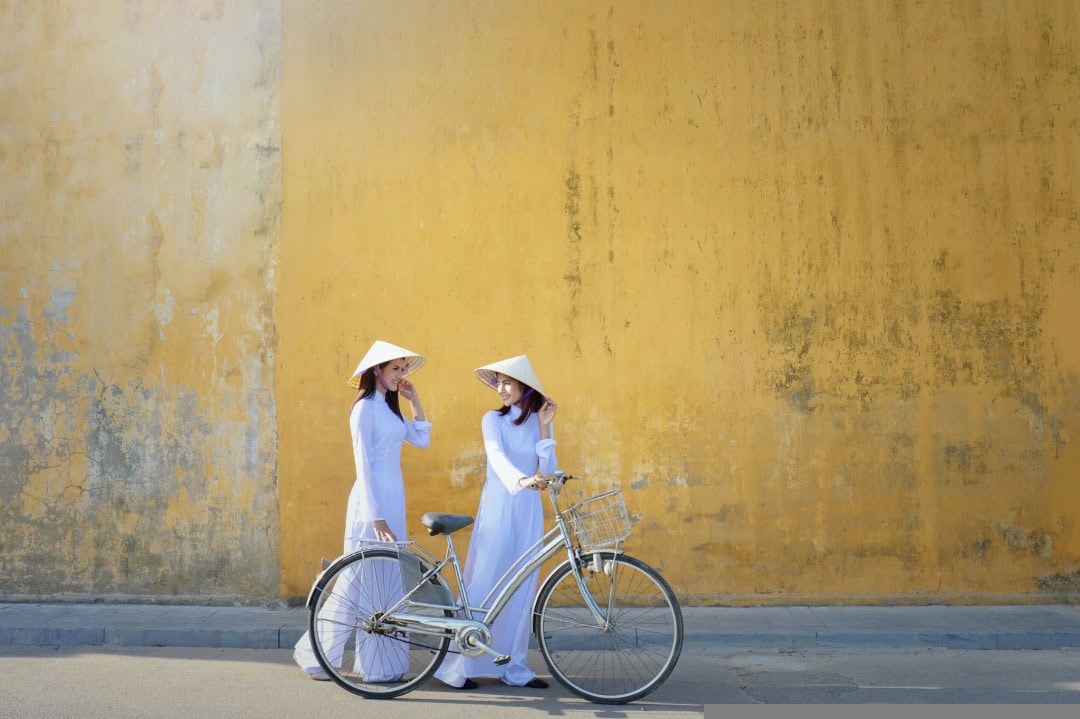
Why choose Vietnam during the summer? Simply because it’s more wallet-friendly compared to Sanya. Heading to Vietnam in the summer is definitely cheaper than flying to Sanya.
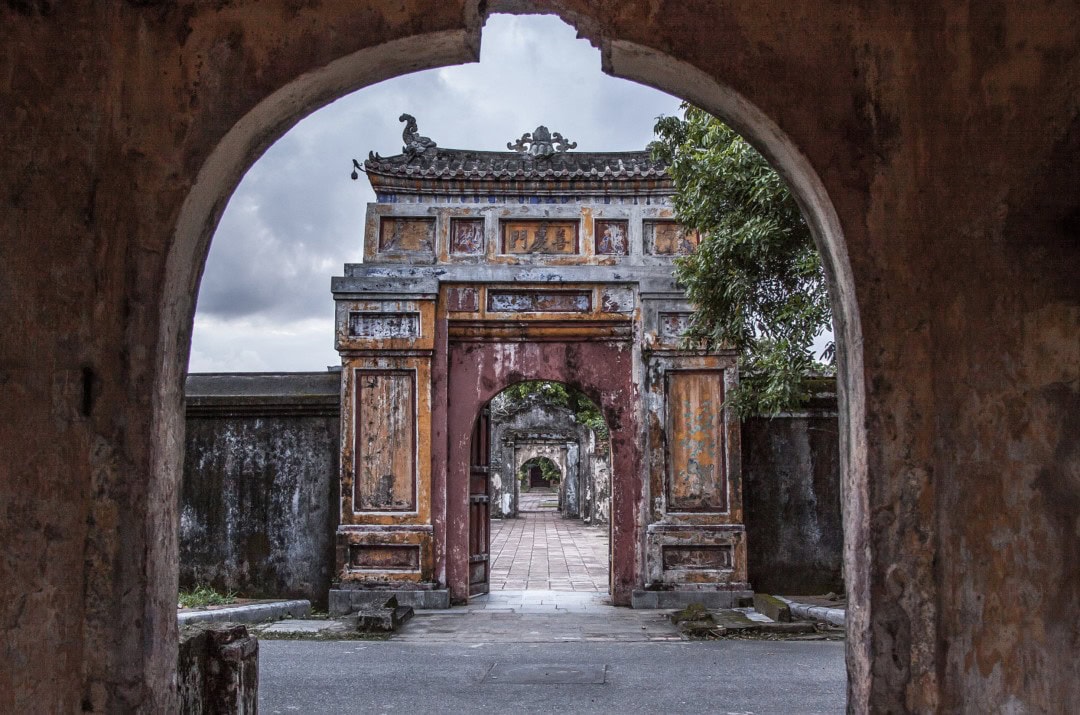
The two posters below were randomly picked from my friend circle, and actual prices may vary slightly. A full DIY trip might be a bit costlier.
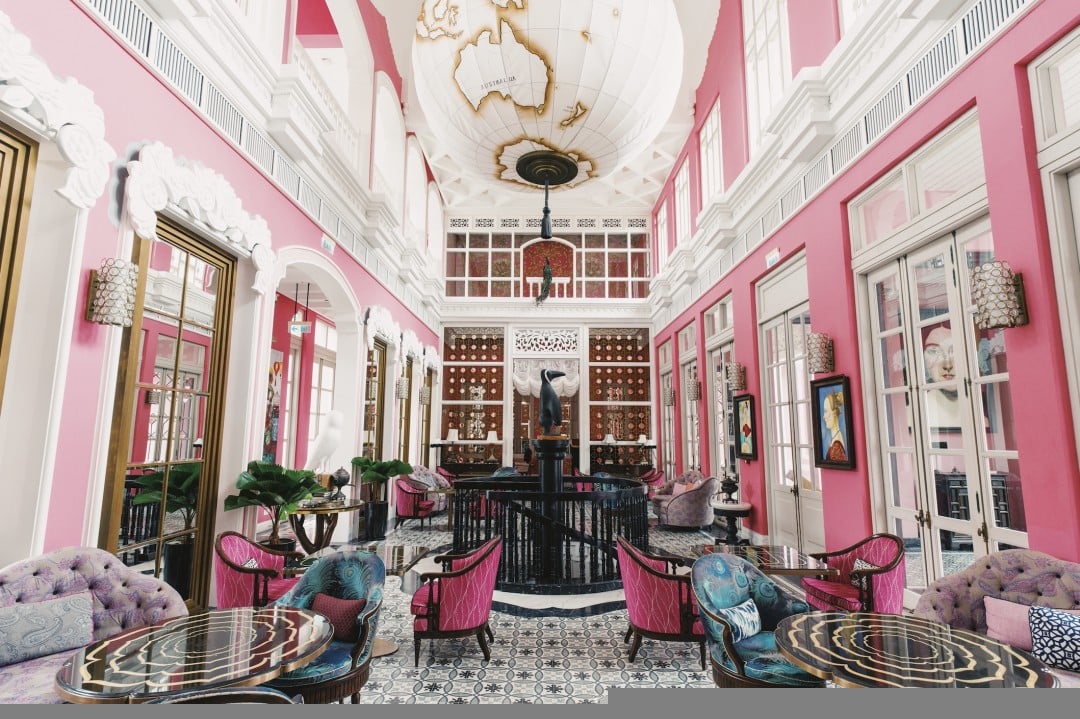
A trip to Sanya could cost you over 2500 RMB just for the airfare alone.
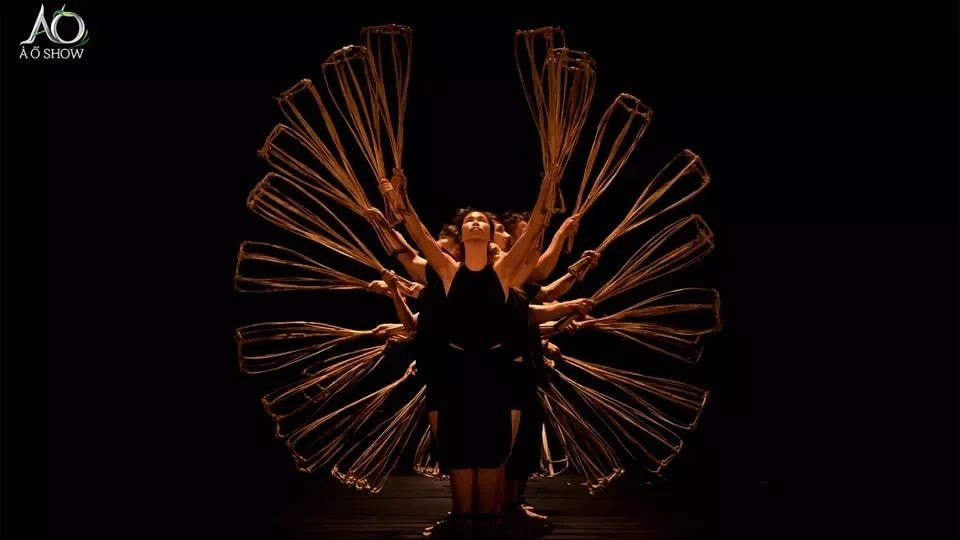
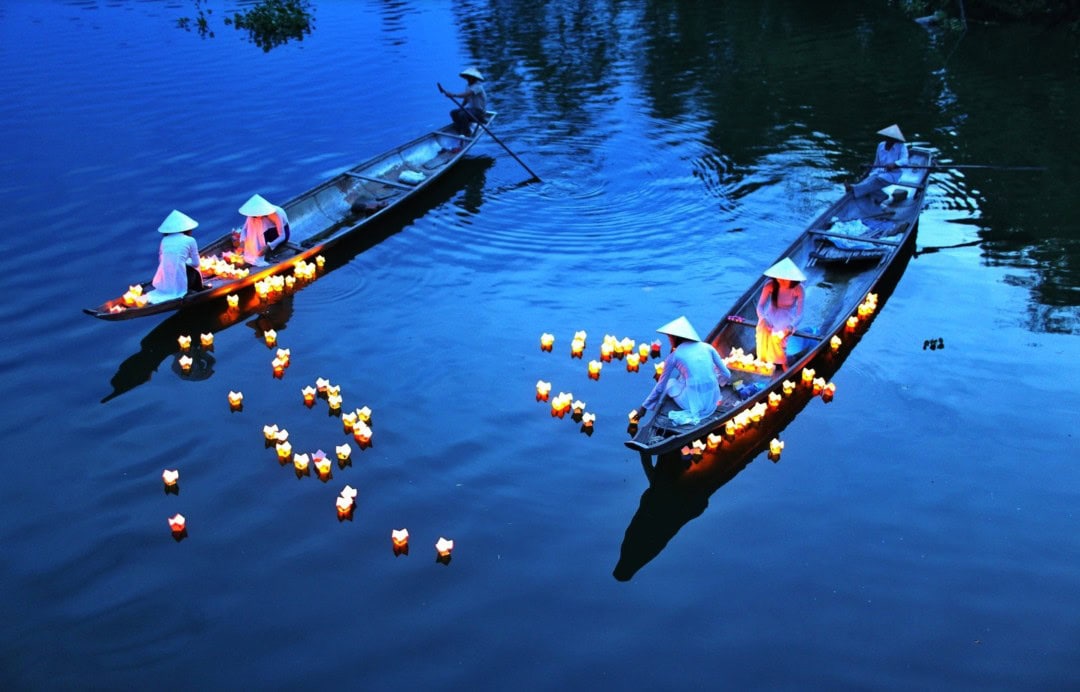
This was my third visit to Vietnam.
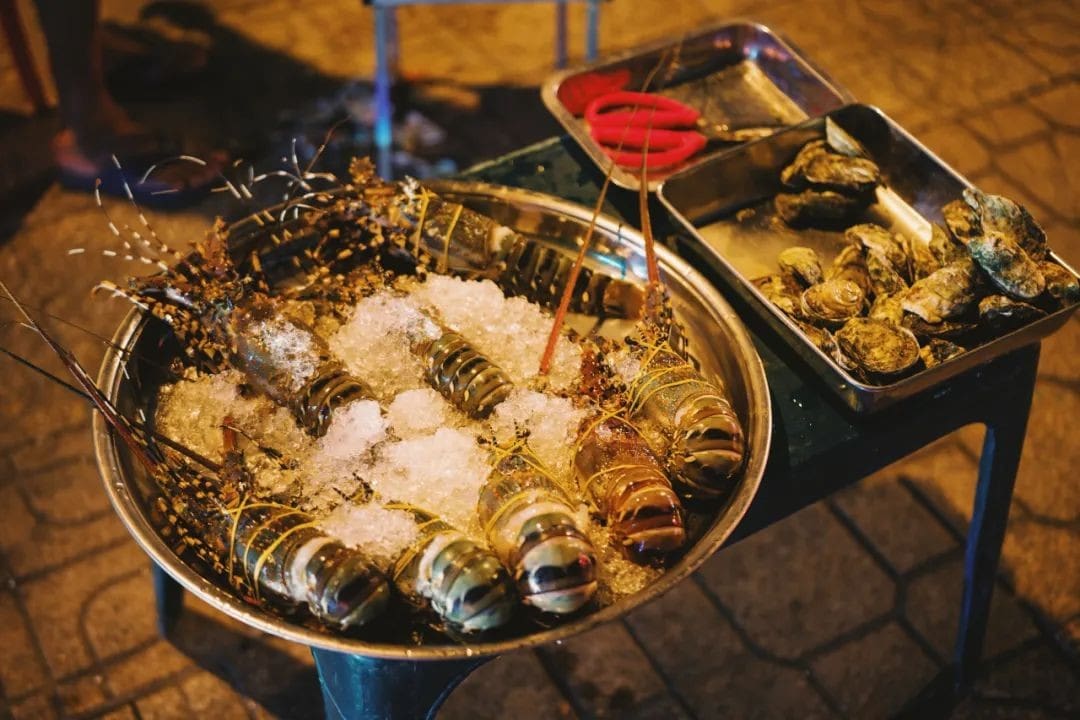
The first time was over ten years ago, entering through Ho Chi Minh City and leaving from Hanoi, covering the entire length of Vietnam by Sinh Cafe’s bus.
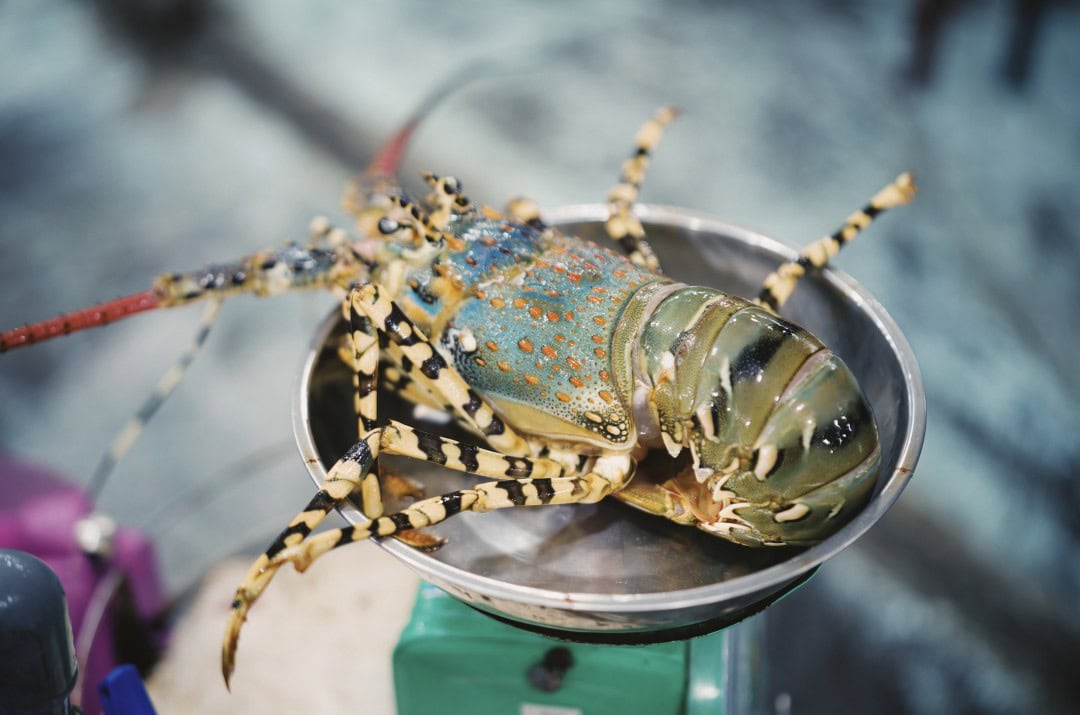
The second time was a cruise, visiting Da Nang, Hue, and Halong Bay – the gems of central and northern Vietnam.
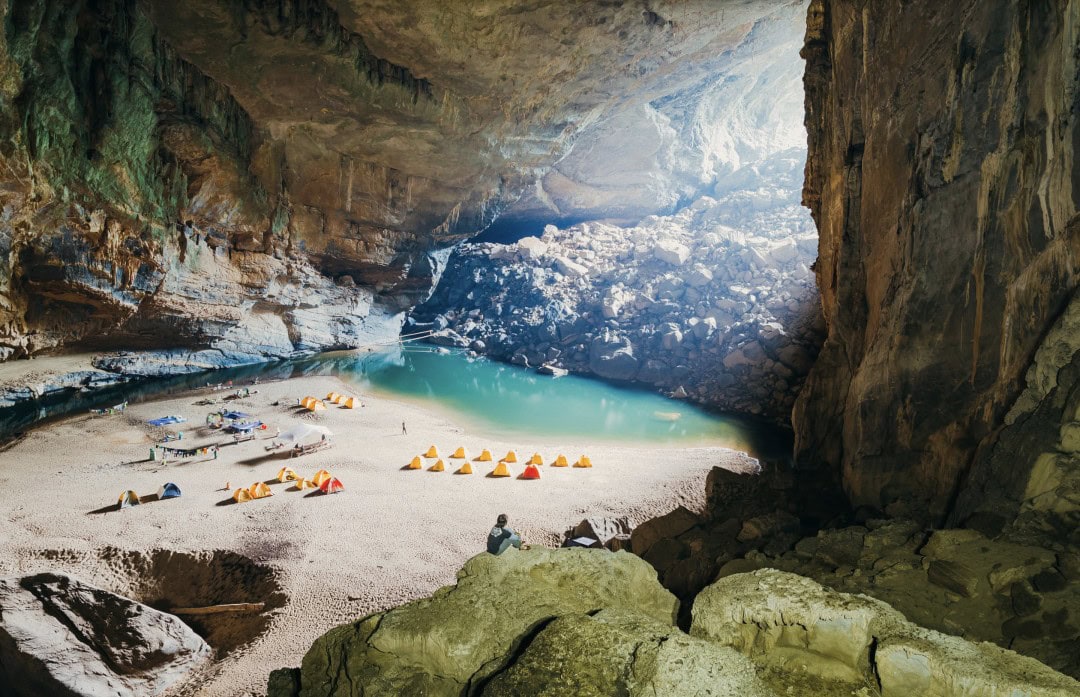
This time, I set aside ample time to deeply explore Phu Quoc Island, Ho Chi Minh City, and Nha Trang.
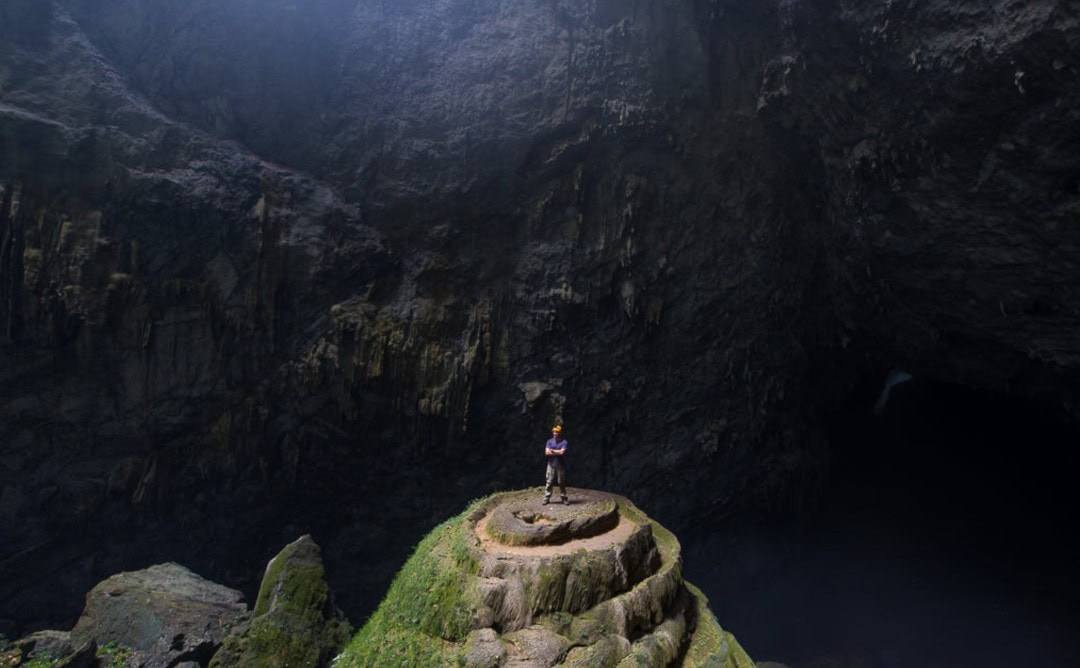
Here’s the latest and freshest Vietnam travel guide for everyone.
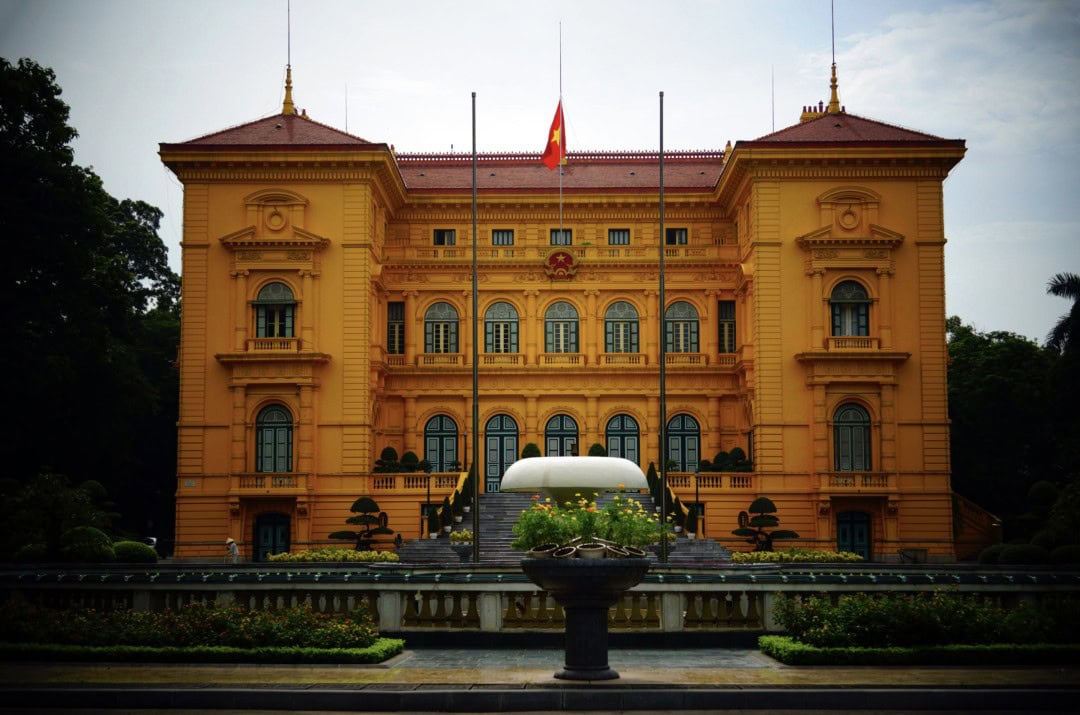
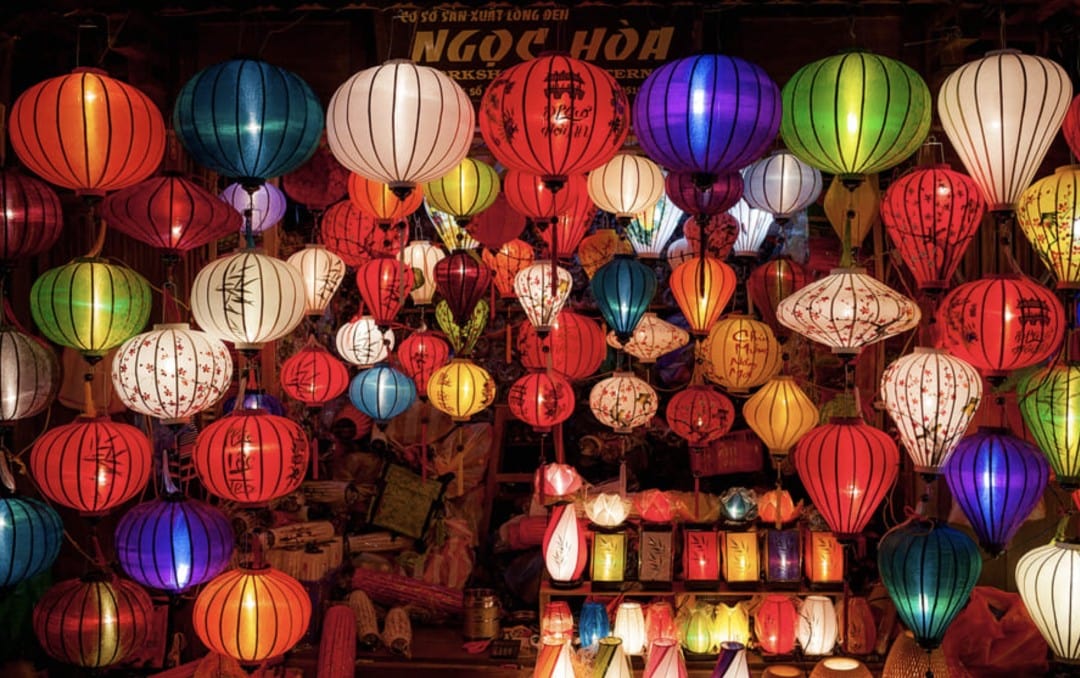
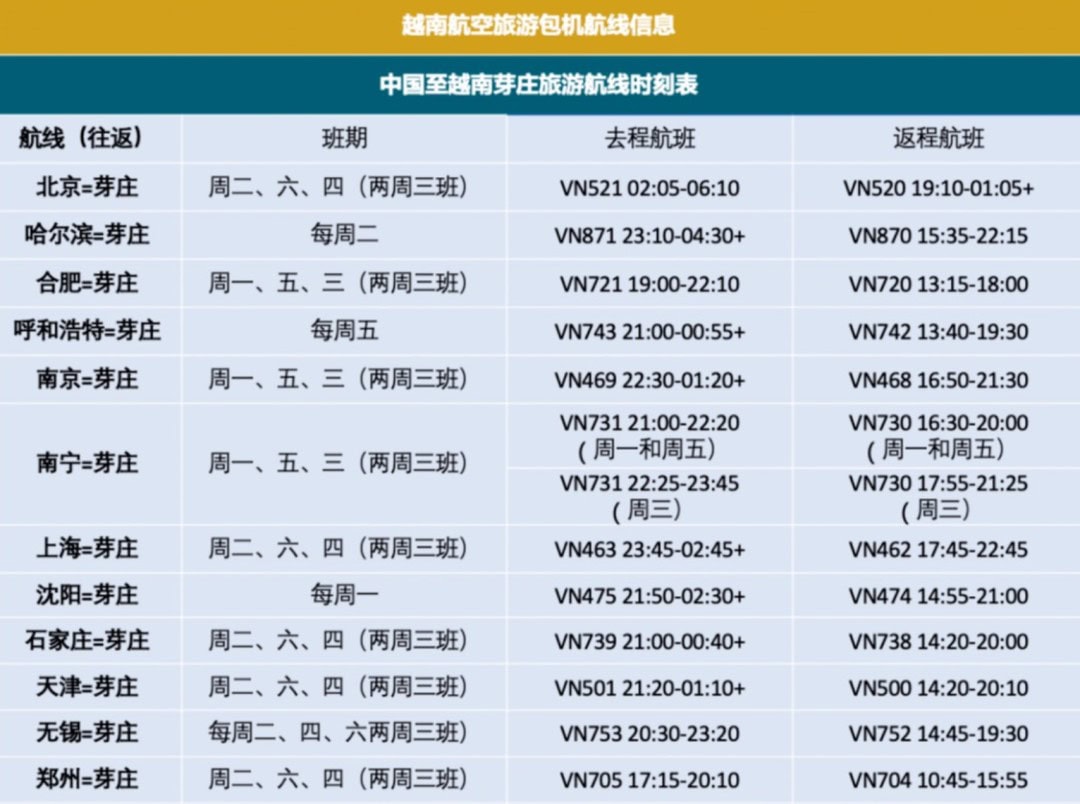
Why travel to Vietnam?
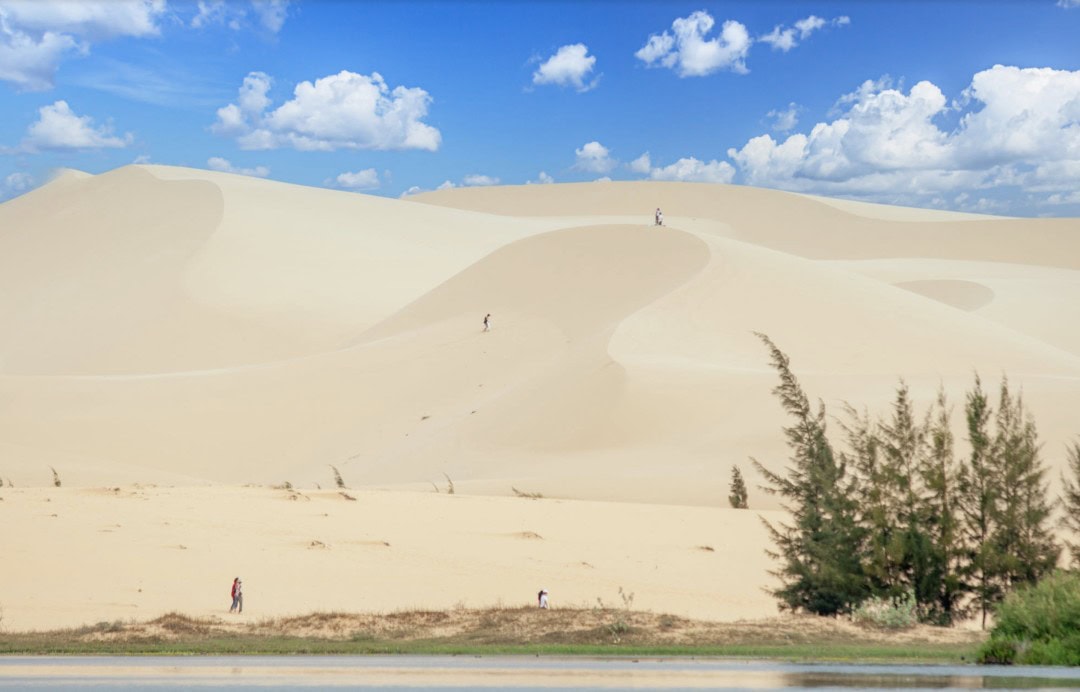
1) The cost of living here is really low
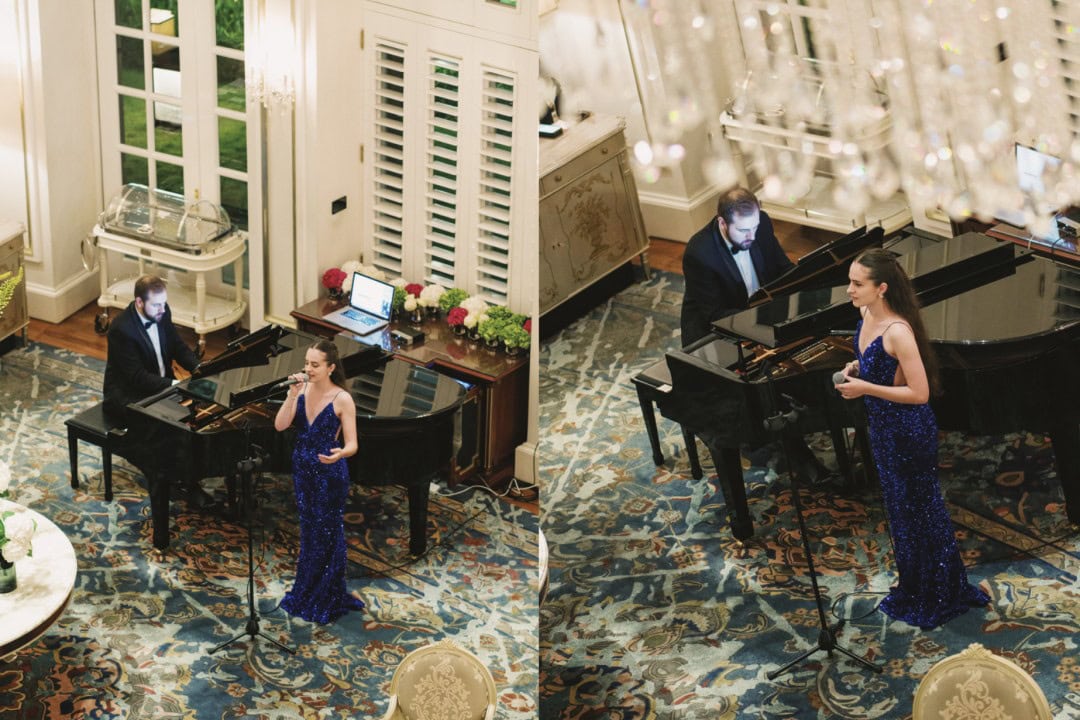
The exchange rate between the Vietnamese Dong and Chinese Yuan is roughly 3300:1, making me a multi-millionaire in Vietnam. Grabbing a bite to eat means casually spending hundreds of thousands.
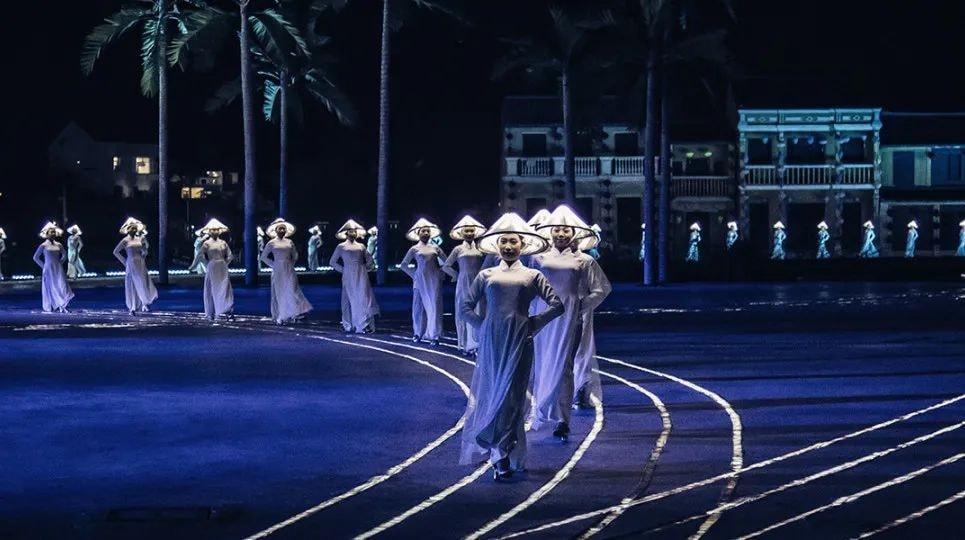
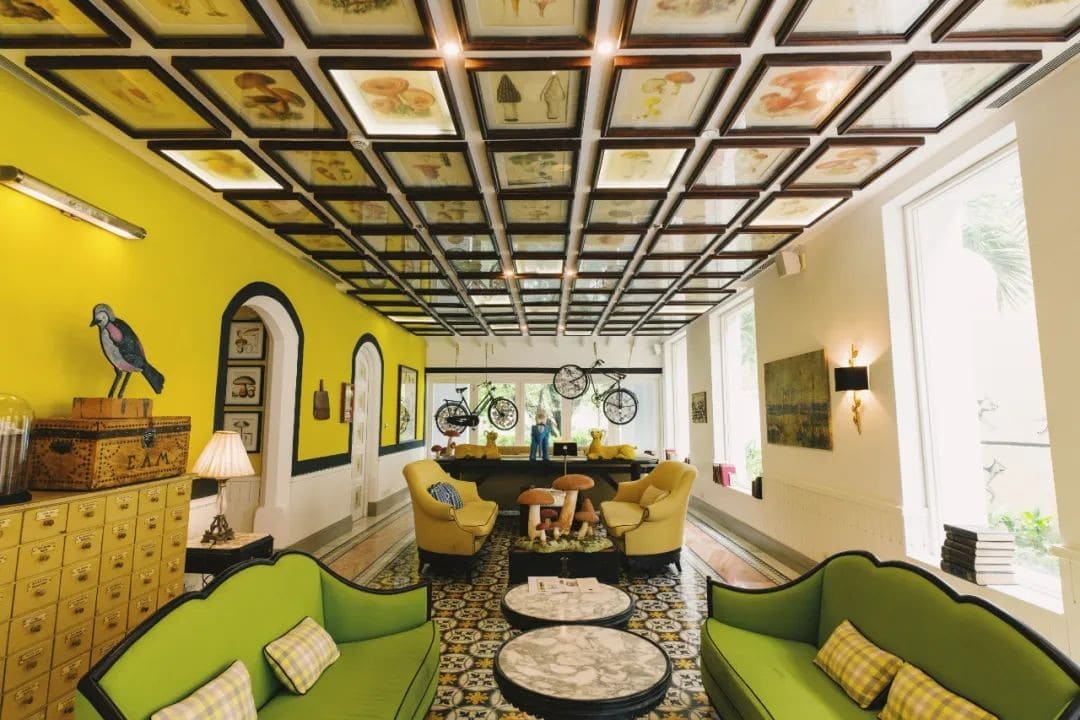
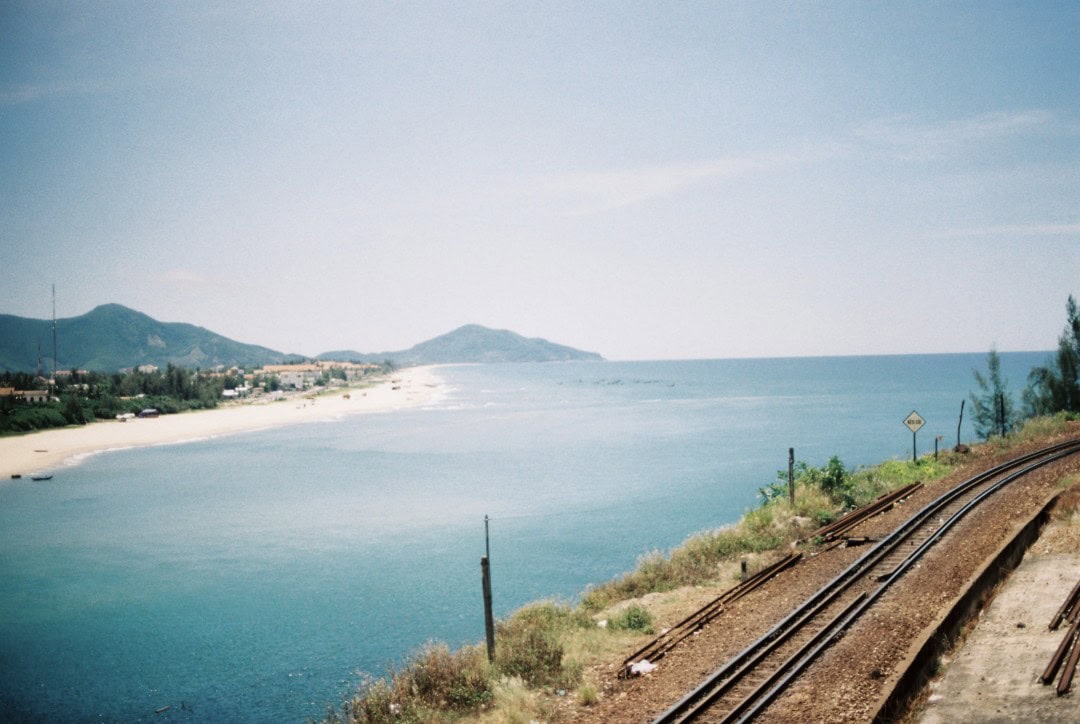
Travel expenses in Vietnam are super low.
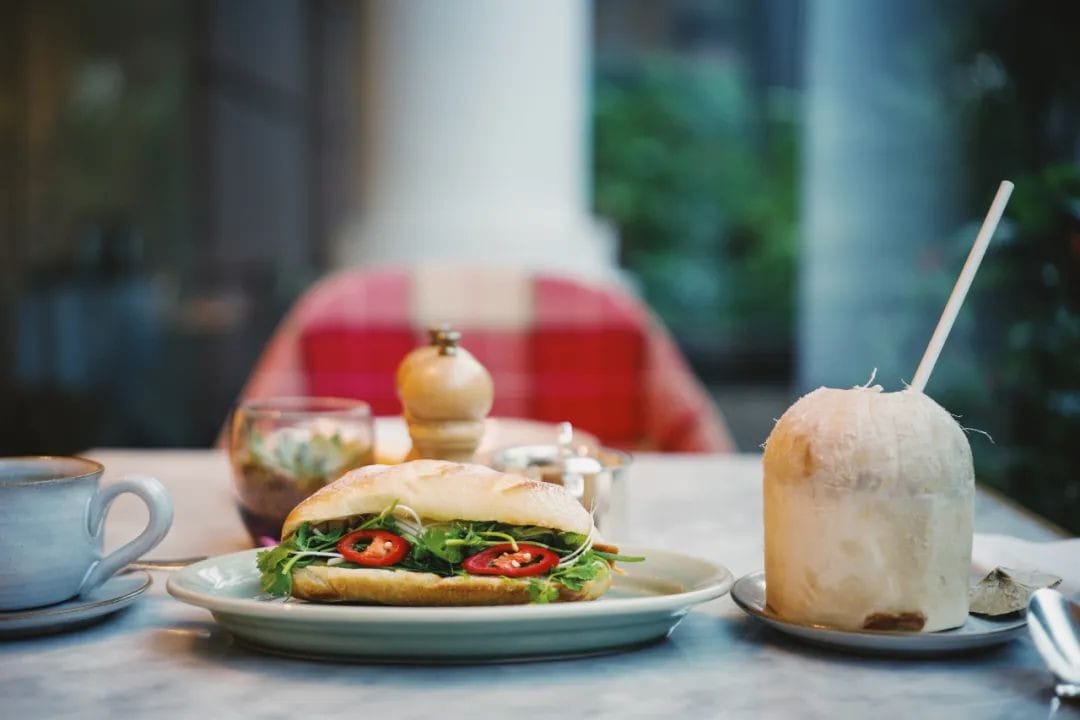
In Ho Chi Minh City, I dined at the only restaurant listed in Asia’s Top 50 and the only Michelin one-star restaurant in the city, costing just over 200 RMB.
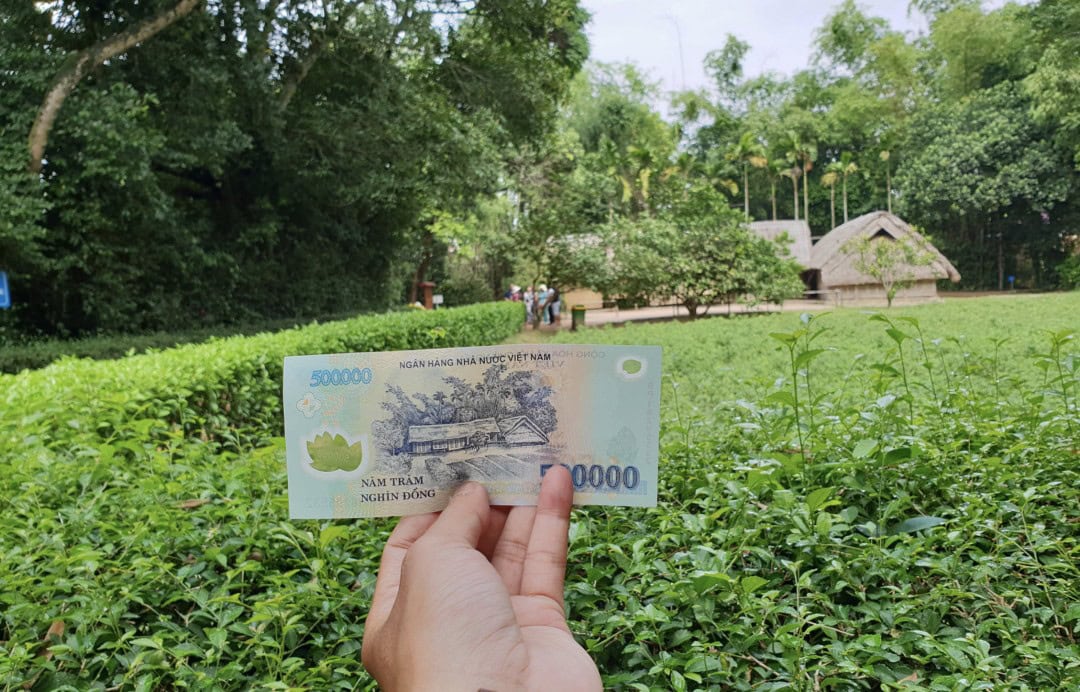
For an Asia’s Top 50 restaurant, such a price is quite outrageous.
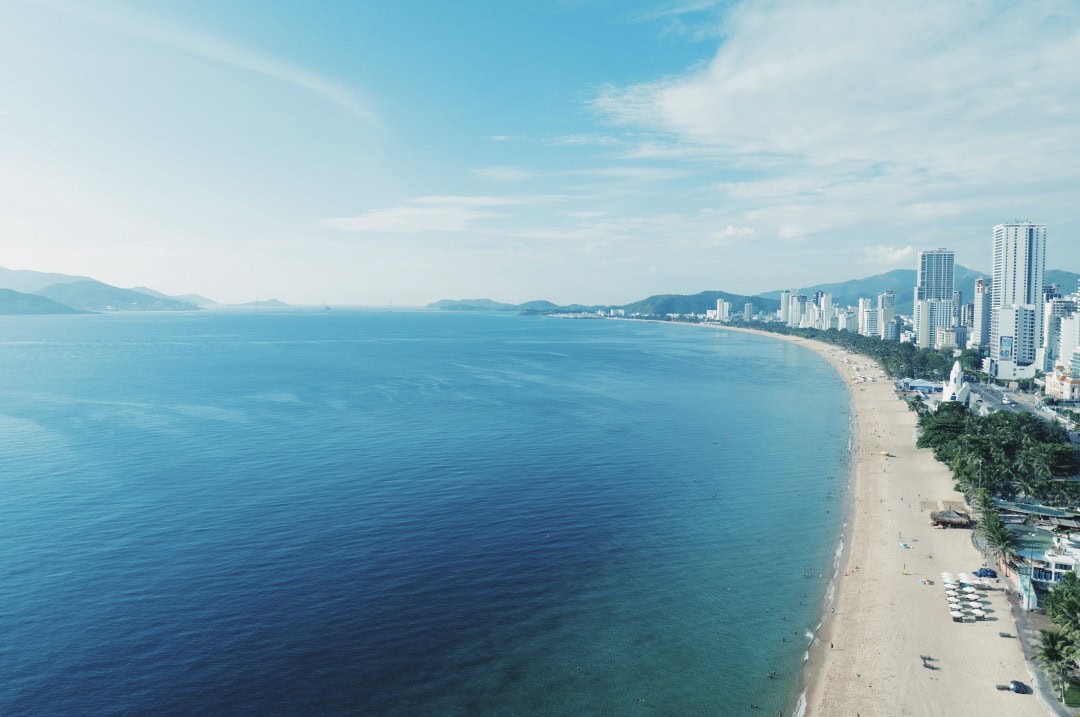
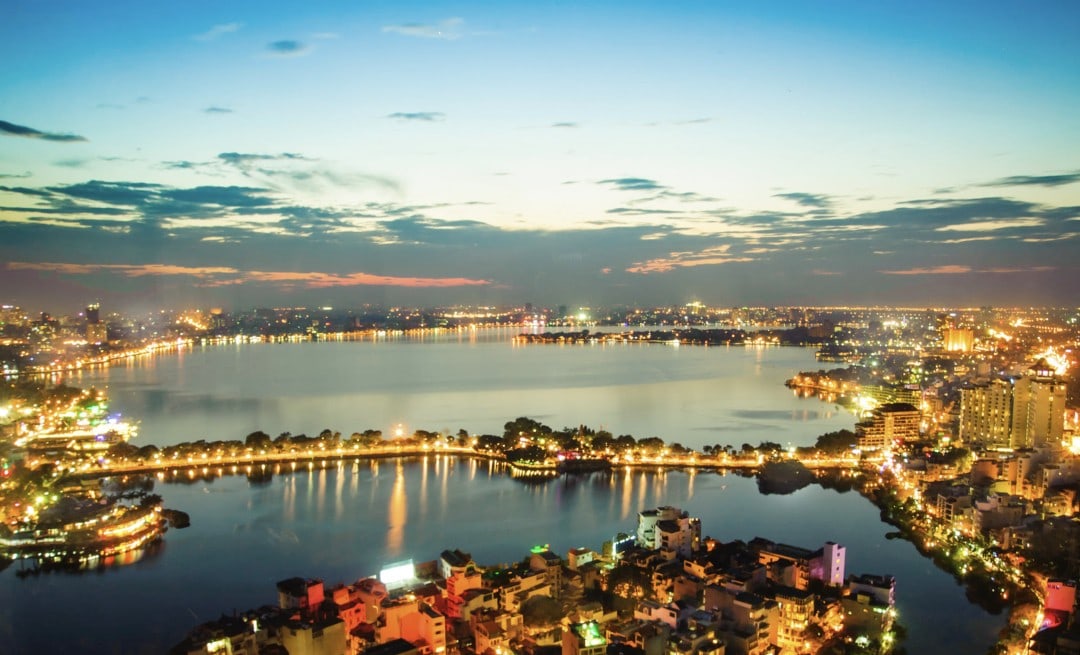
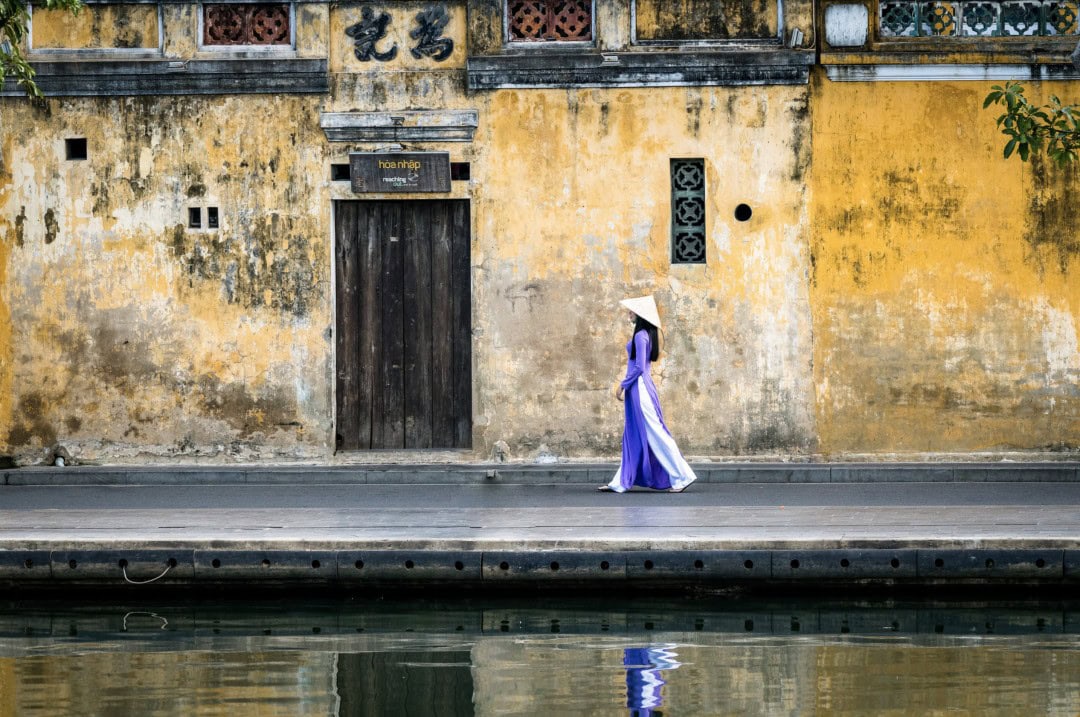
In Nha Trang, I enjoyed one lobster weighing 0.7 kg for just over 200 RMB. I ended up eating a lobster daily.
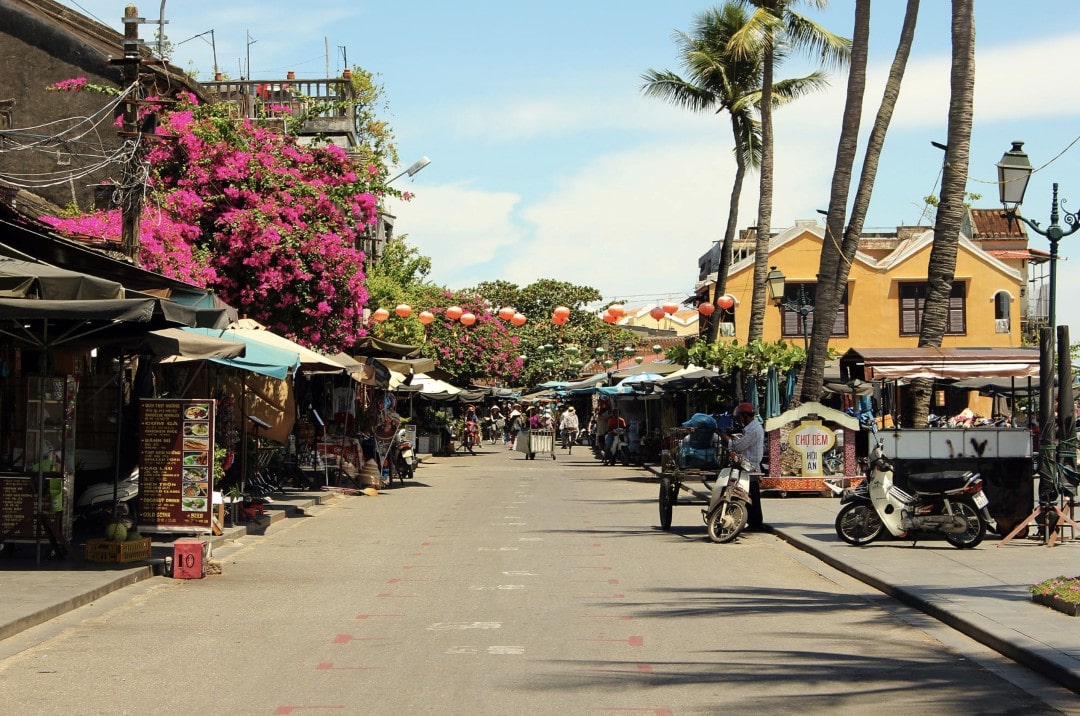
In Vietnam, you can spend freely without any pressure.
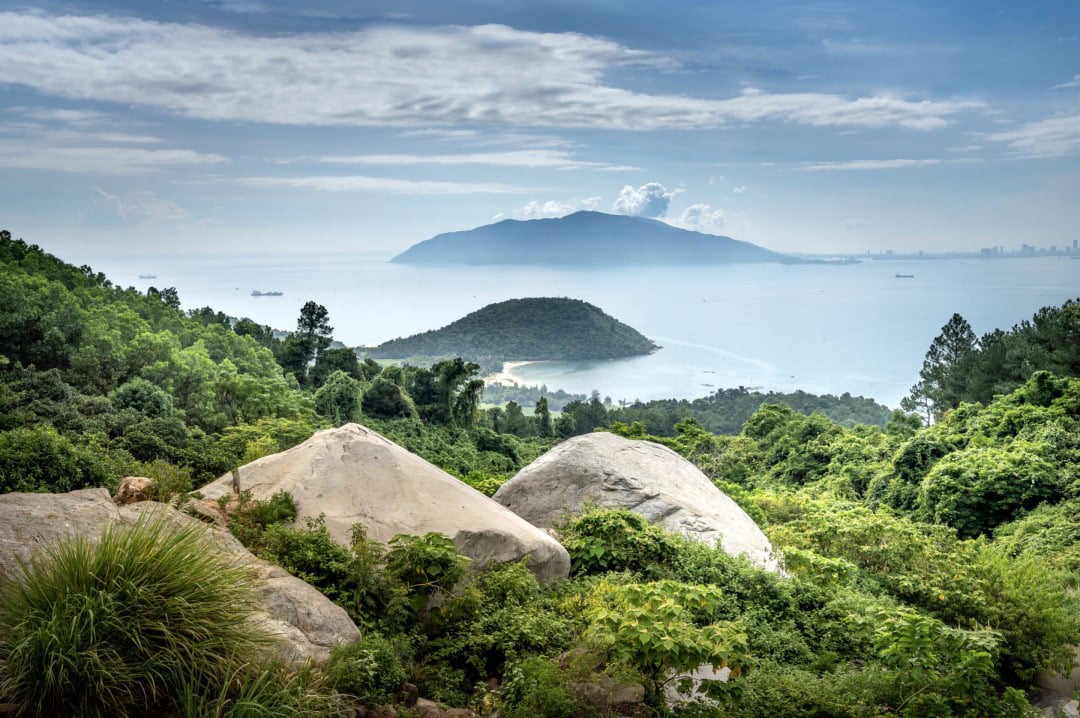
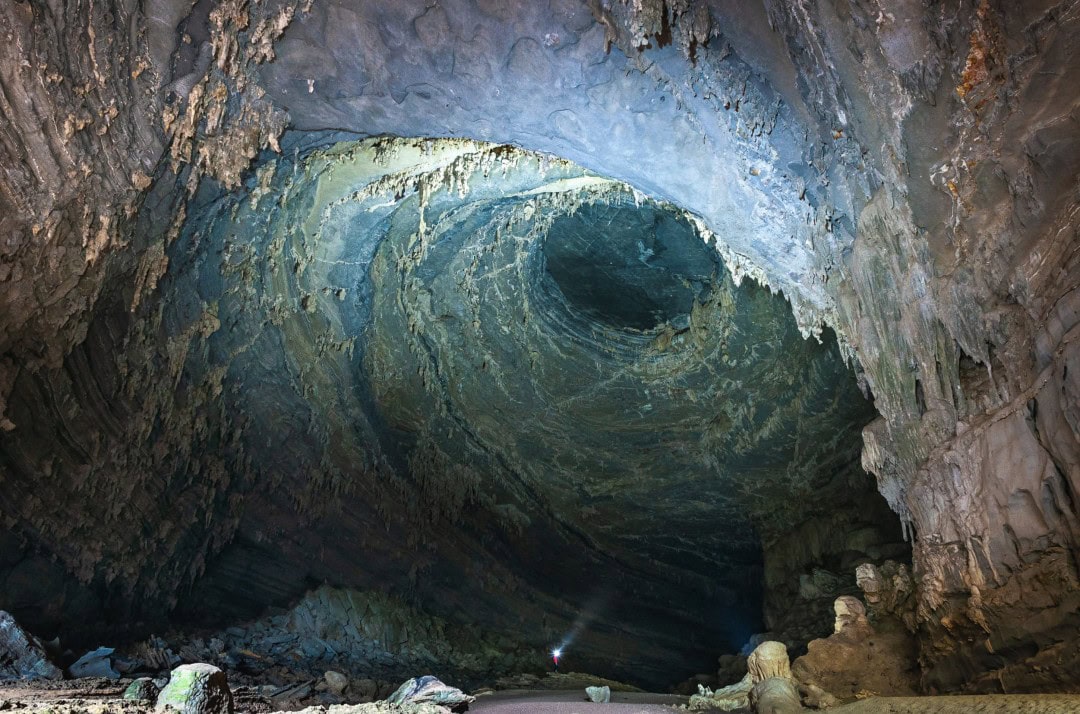
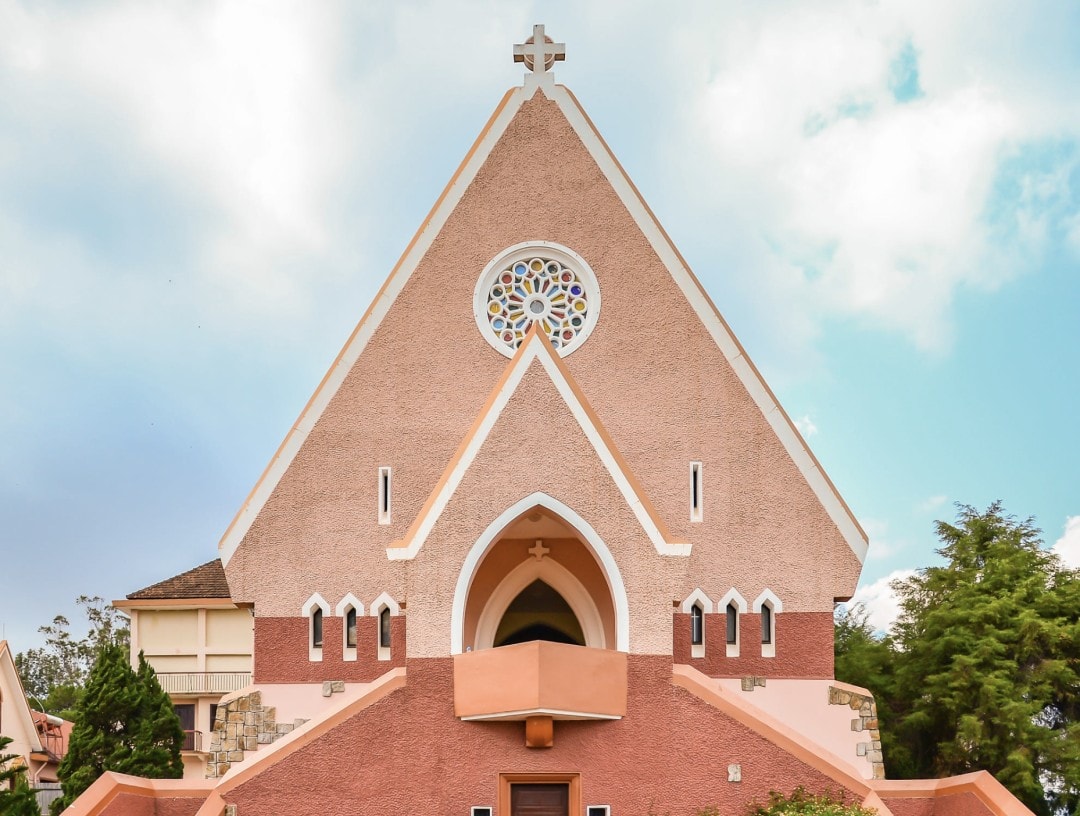
Flights to Vietnam are consistently cheap as well.
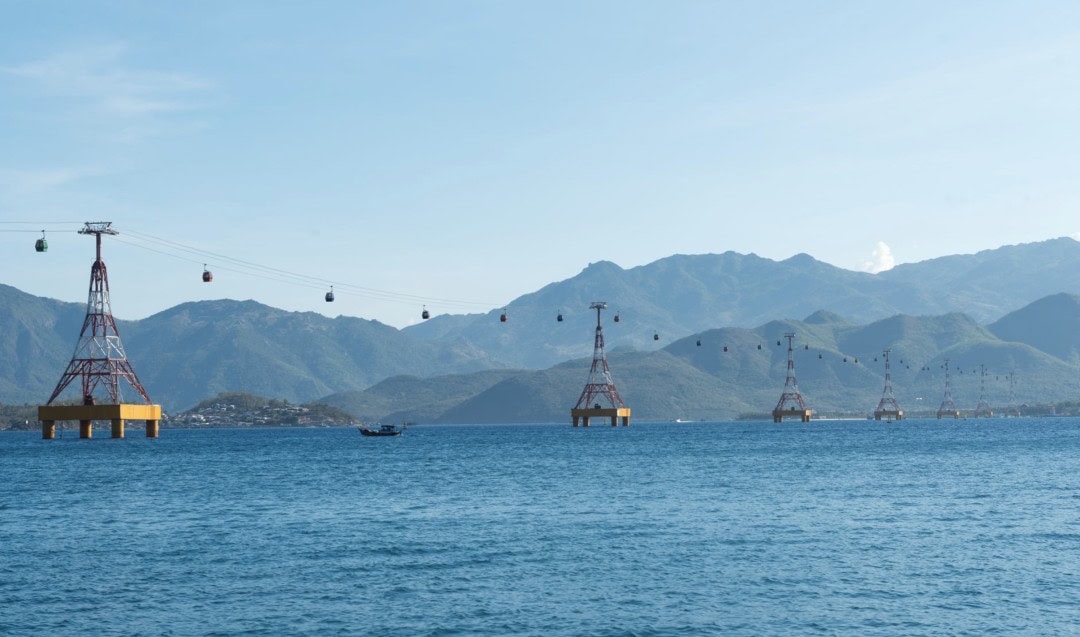
Round-trip flights from Hong Kong to Ho Chi Minh City (Saigon) typically cost just over 1,000 HKD including taxes; trips to Phu Quoc Island are slightly more expensive but 1,400+ HKD will suffice. This is truly great news for residents in the Pearl River Delta region.
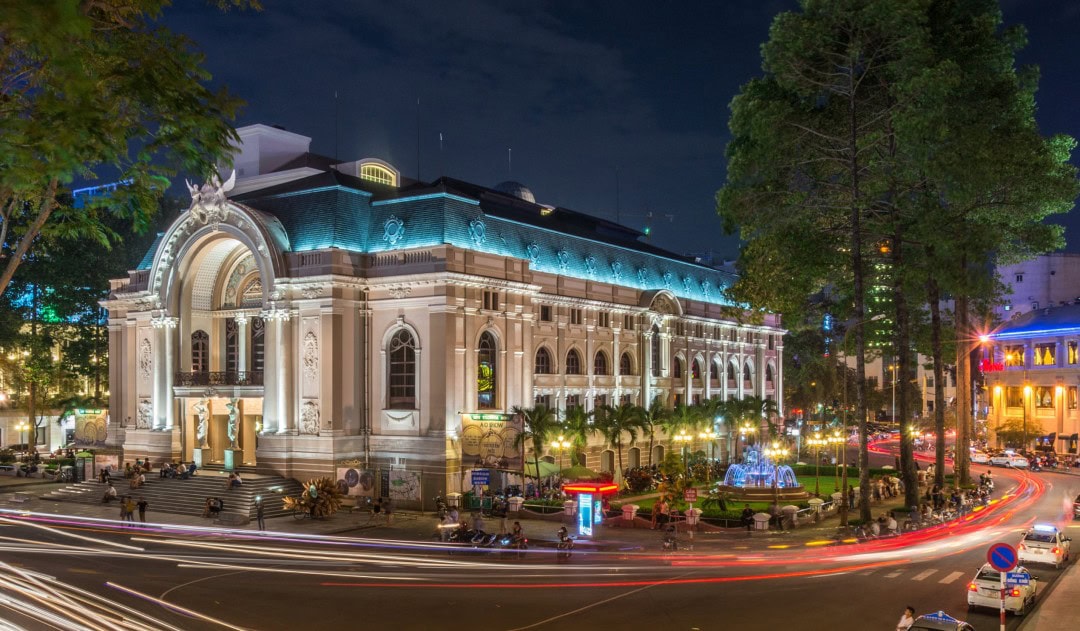
For the Yangtze River Delta, China Eastern Airlines offers direct round-trip flights from Shanghai to Ho Chi Minh City. During the summer, I checked a few dates and tickets were available for as low as 1,700 RMB including taxes.
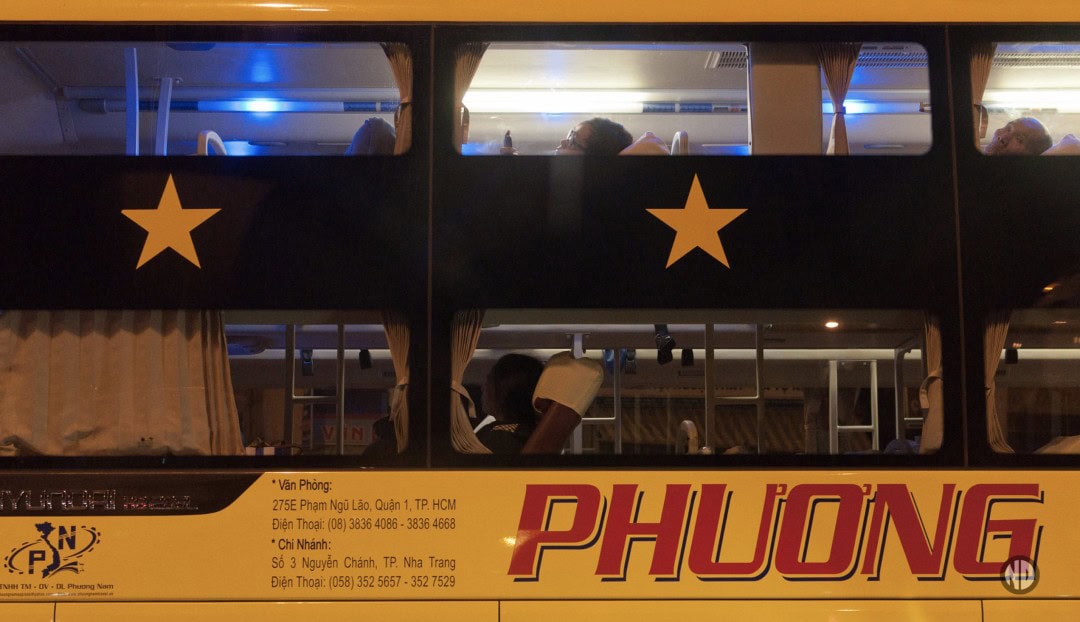
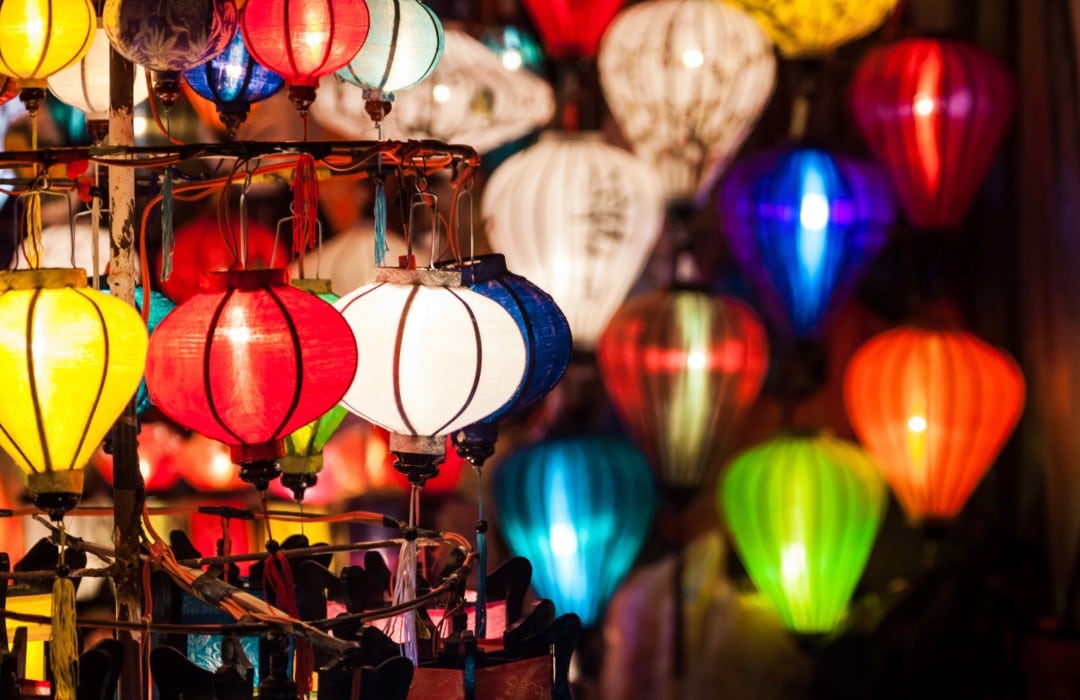
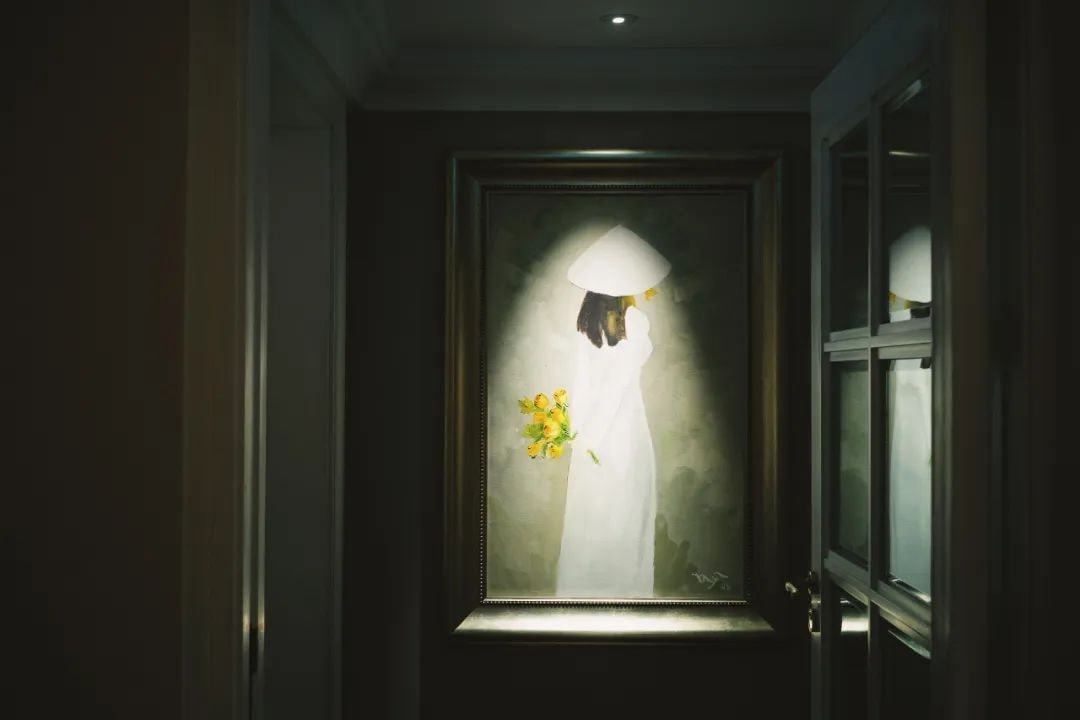
In fact, it can be even cheaper if you secure last-minute deals or choose multi-city itineraries.
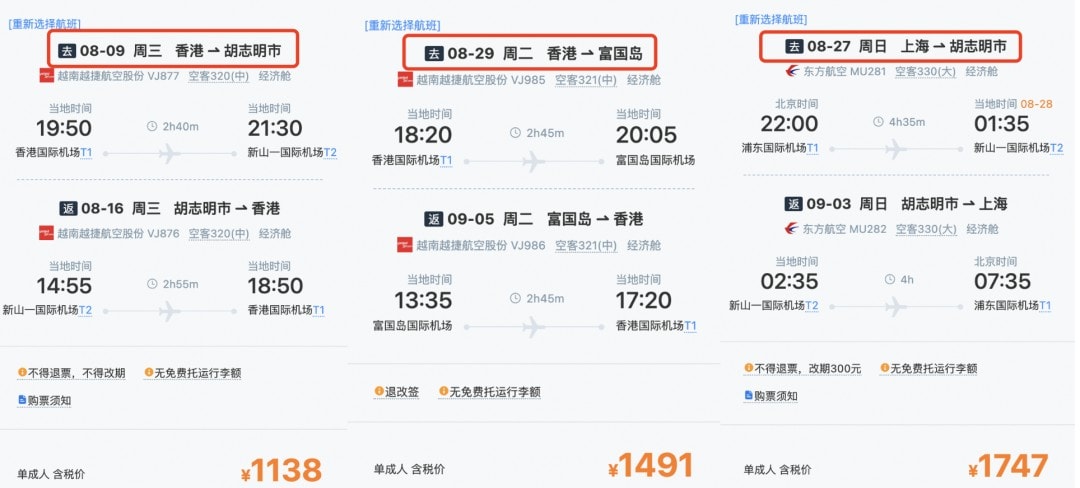
Let me give an example. If you’re traveling from Hangzhou to Ho Chi Minh City, you can stop over in Xiamen or Chengdu for a few days, enjoying both cities before heading to your final destination. Airfare, including taxes, is only around 700+ RMB and 800+ RMB, respectively, with premium airlines. This is great for those with flexible schedules.
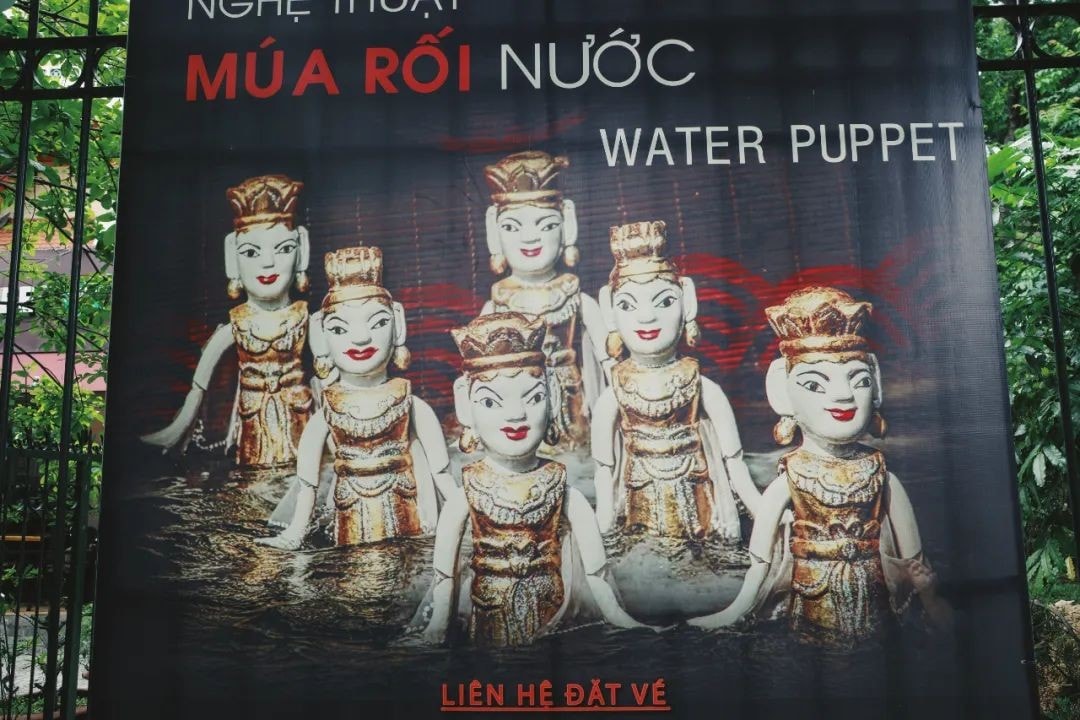
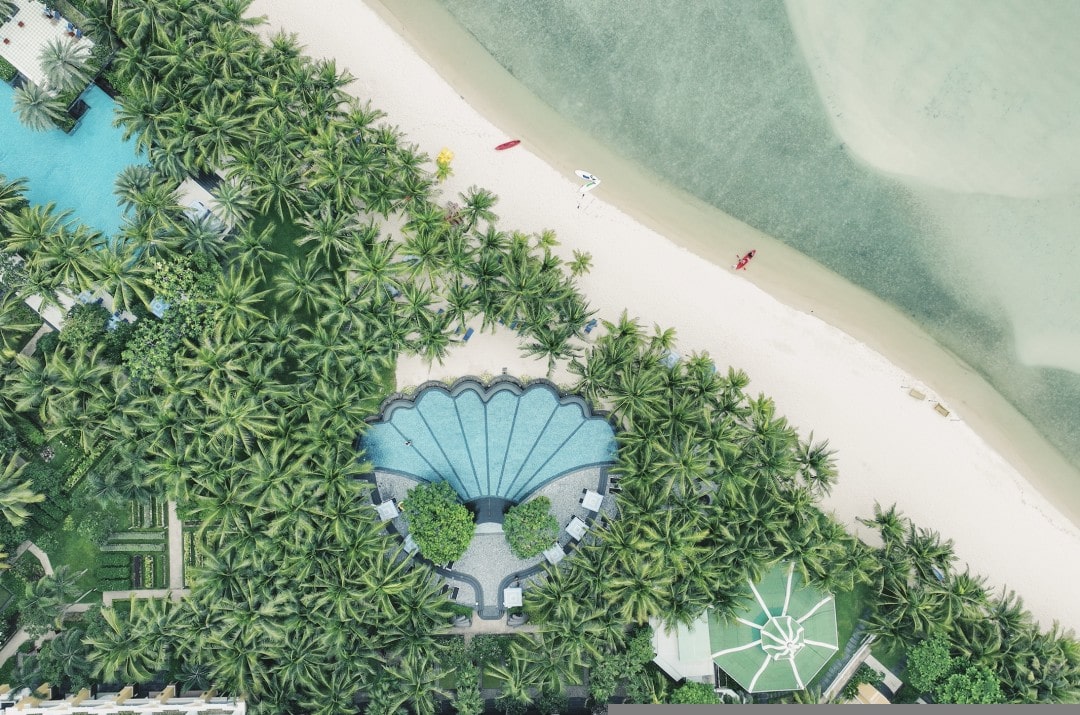
2) The travel requirements for Vietnam are also exceptionally low
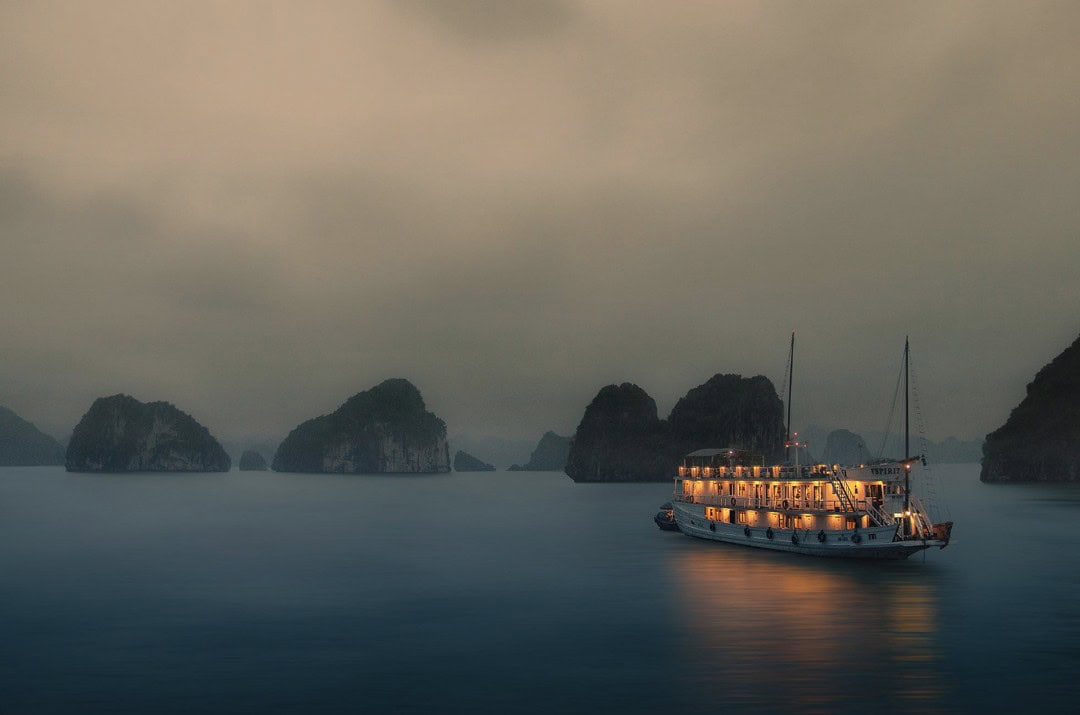
Vietnam is our neighboring country, and there are many direct flights. Currently, there are direct flights from China to Ho Chi Minh City, Hanoi, Nha Trang, Da Nang, and Phu Quoc Island.
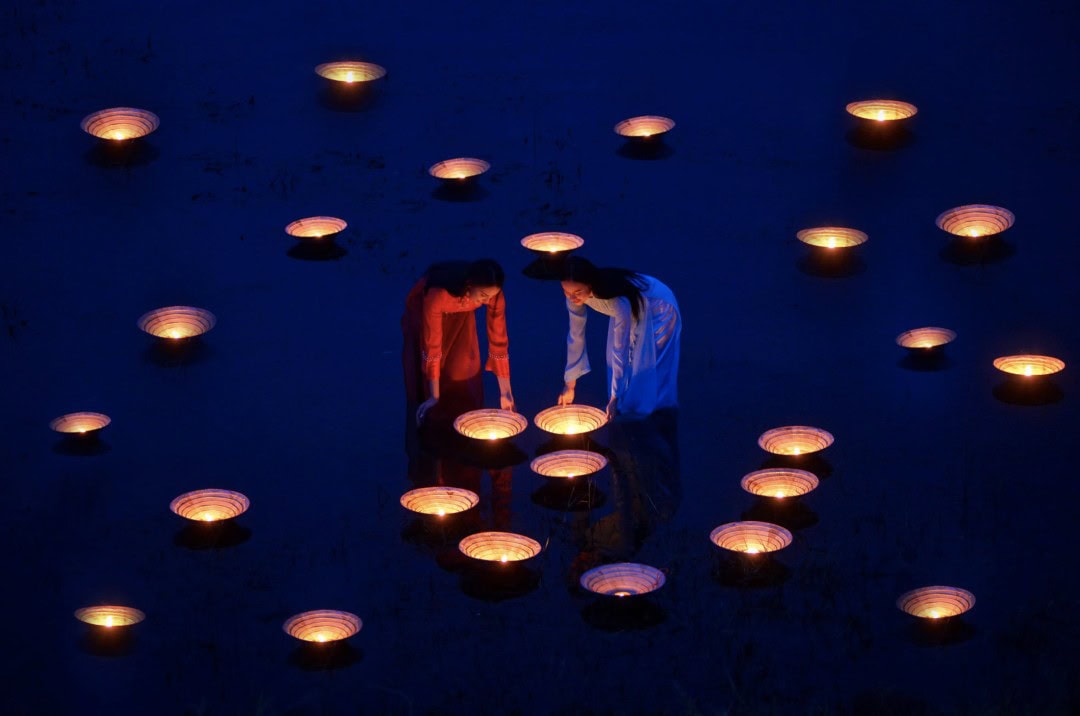
With a visa approval letter, you can obtain a visa on arrival, and applying for a visa sticker in advance is also convenient. Phu Quoc Island even offers visa-free entry.
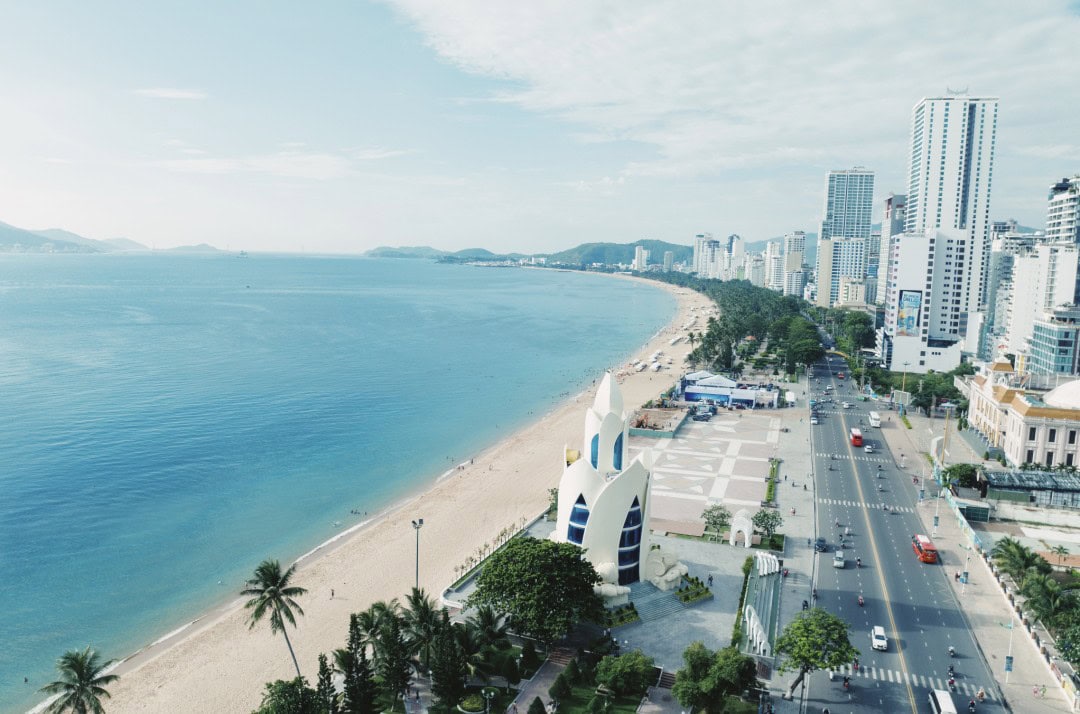
Essentially, you can just pack up and go.
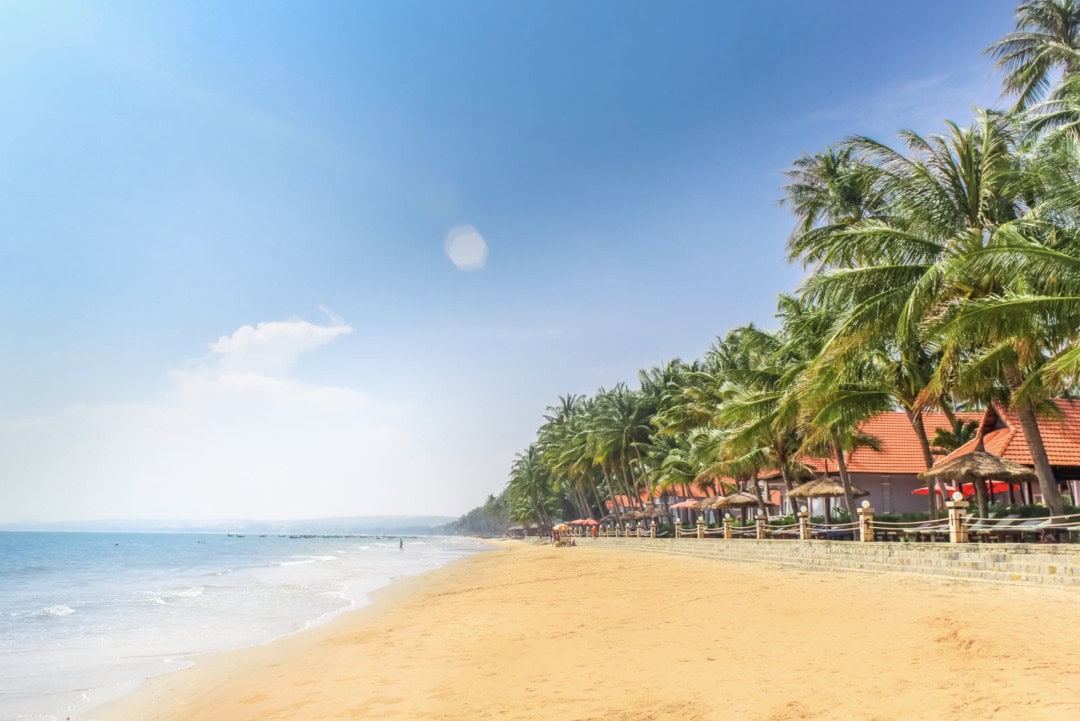
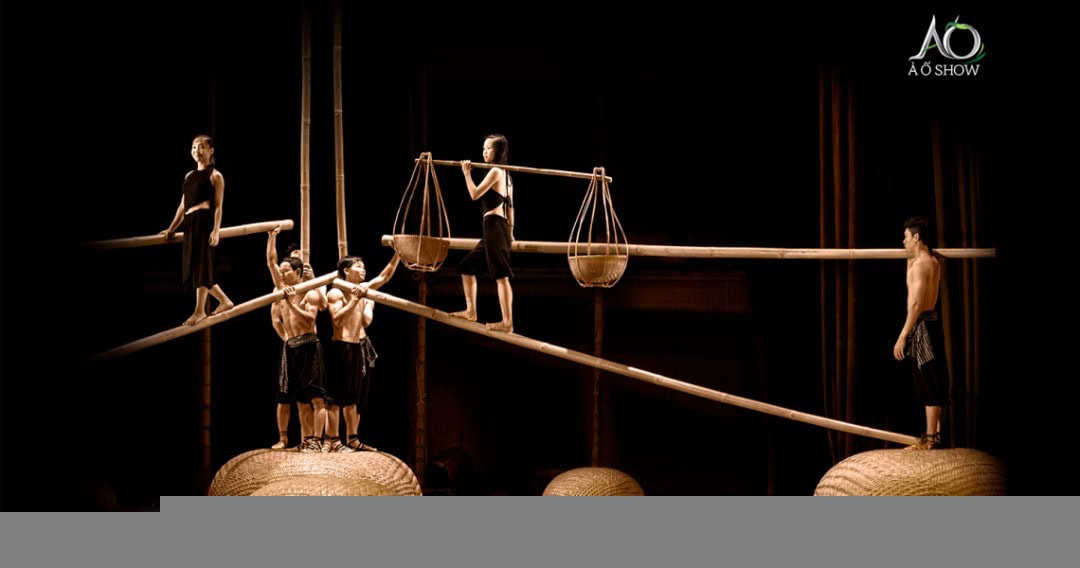
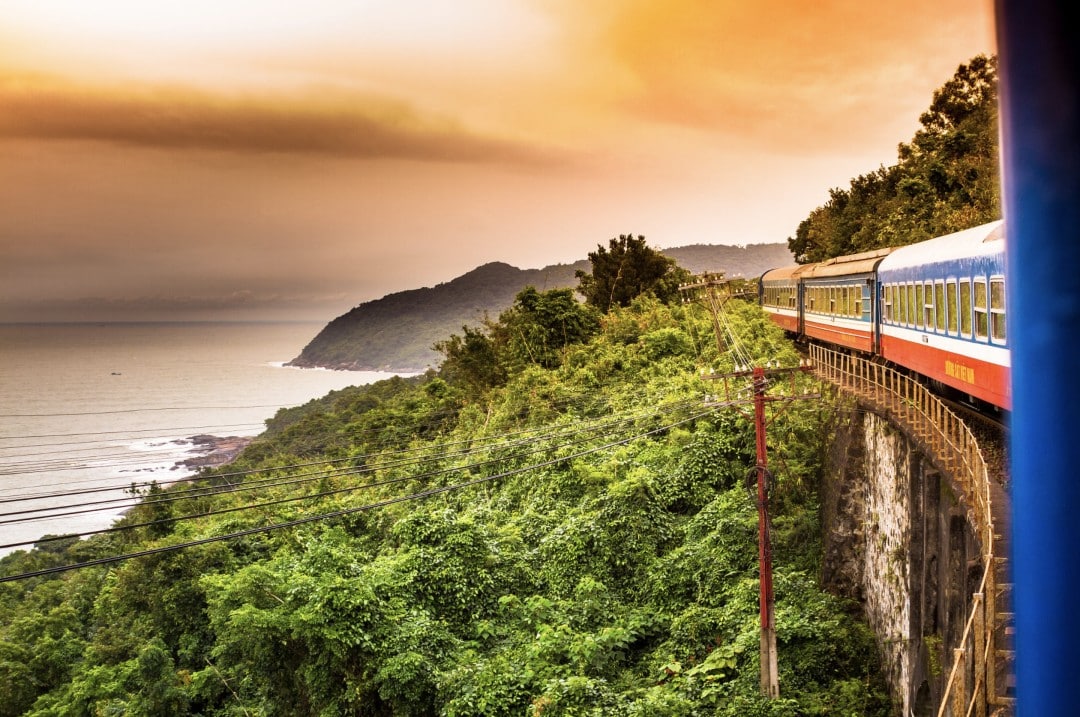
Additionally, Vietnam can also be reached overland. You can directly travel to Vietnam via the Youyiguan and Dongxing border crossings.
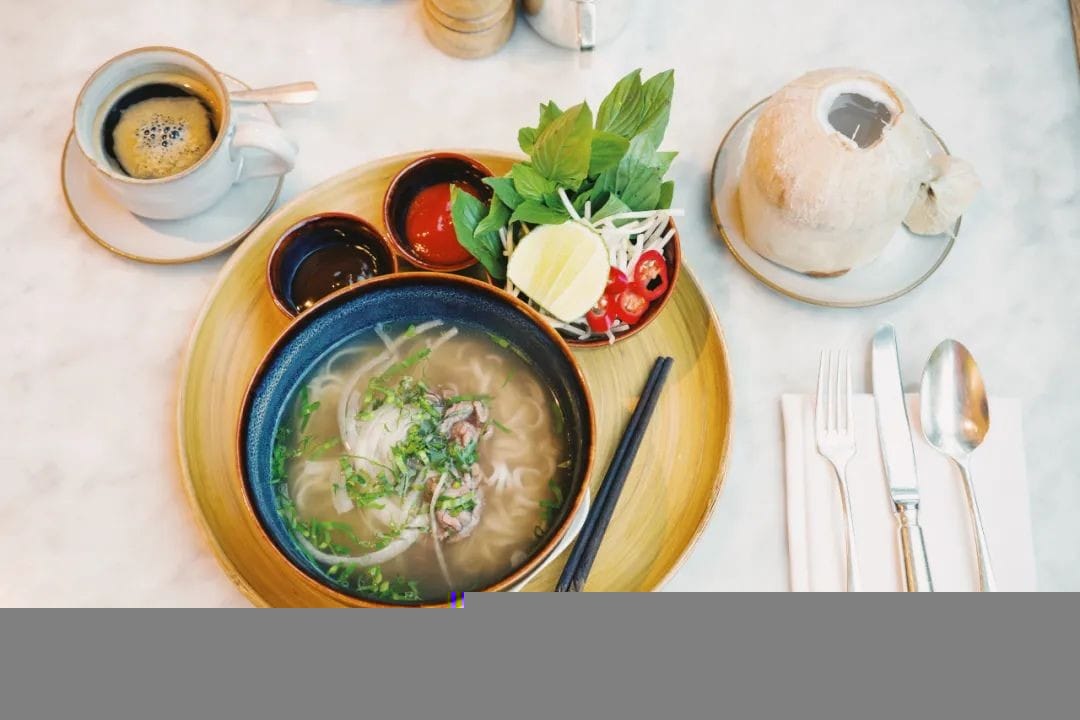
You can even take a train from Nanning to Hanoi, the capital of Vietnam.
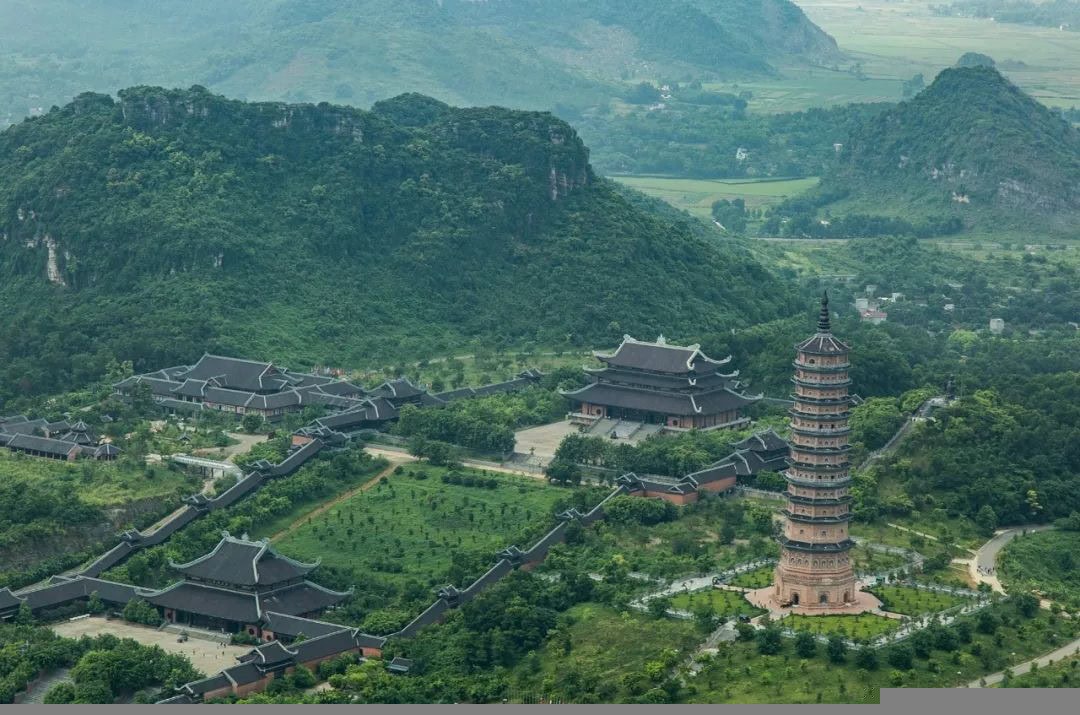
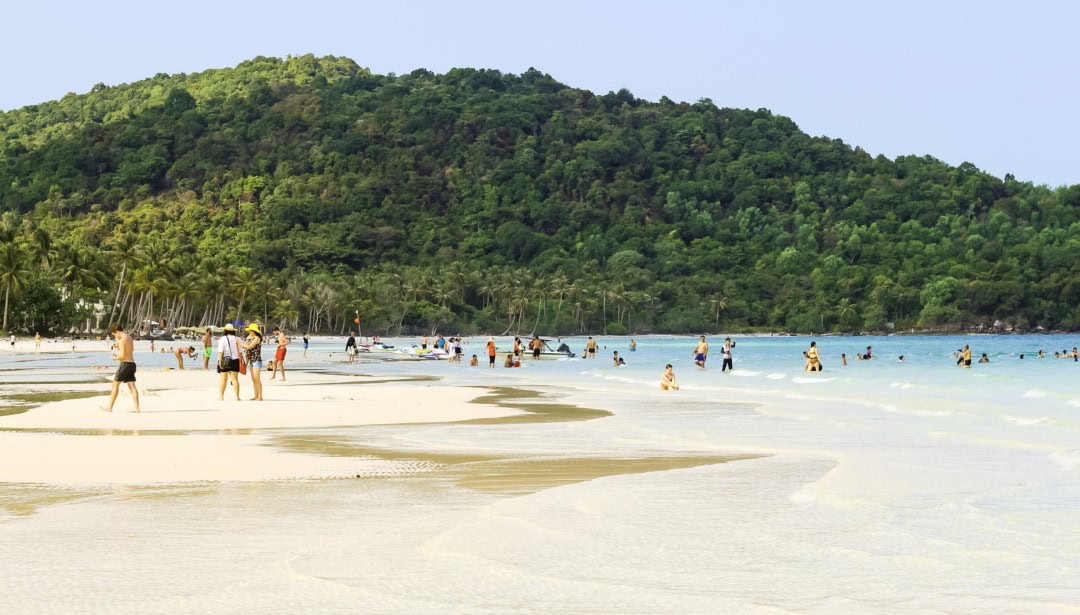
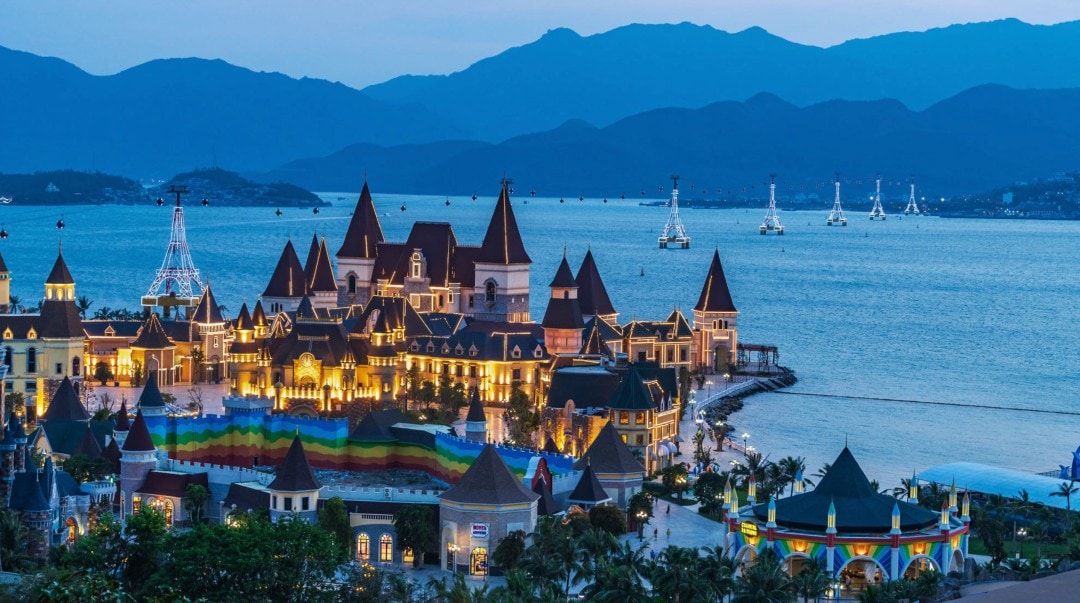
3) Vietnam offers diverse activities
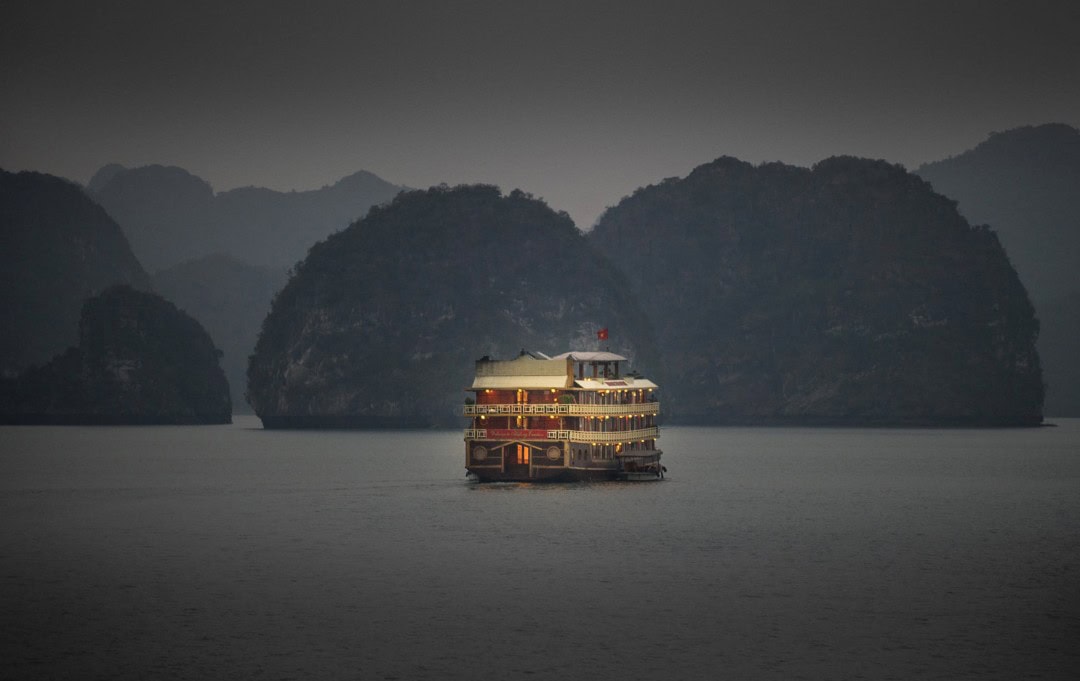
For vacations, the water and beaches of Phu Quoc Island in Vietnam are on par with those in Phuket, Boracay, and Bali. The island also boasts numerous high-quality resorts, though it remains relatively unknown.
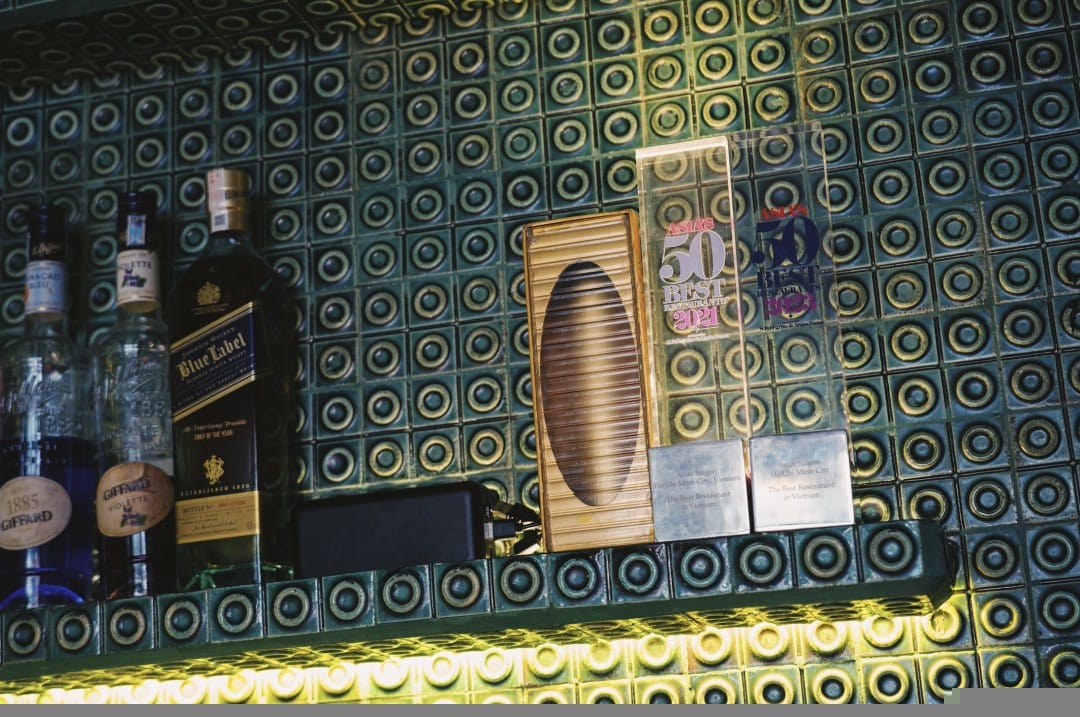
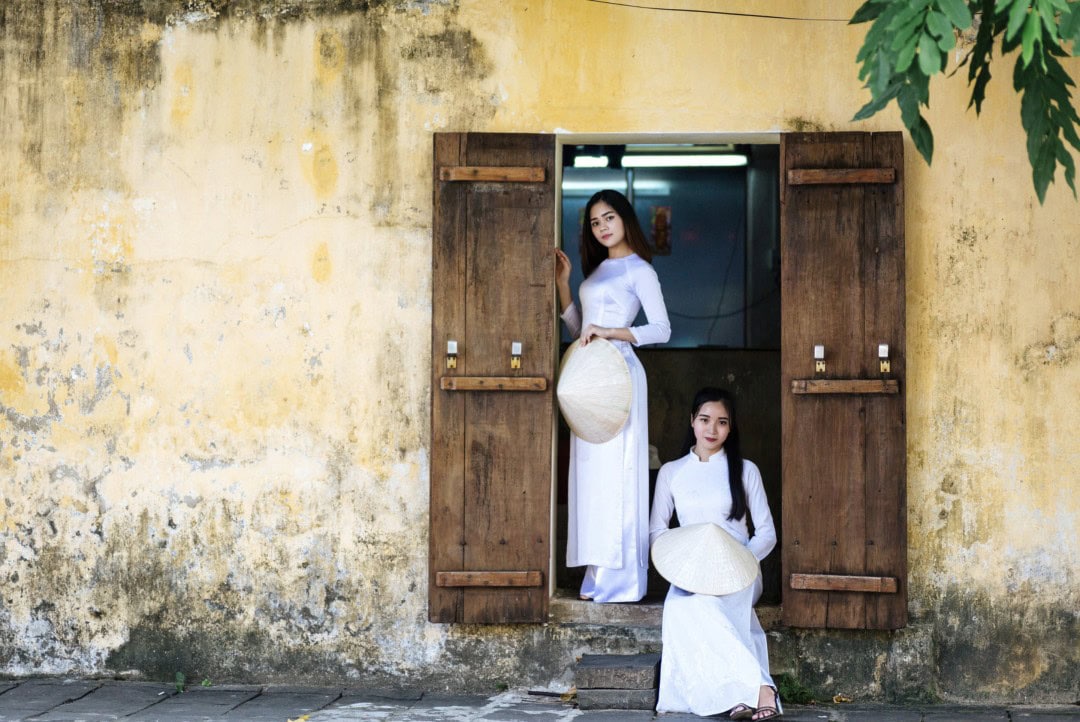
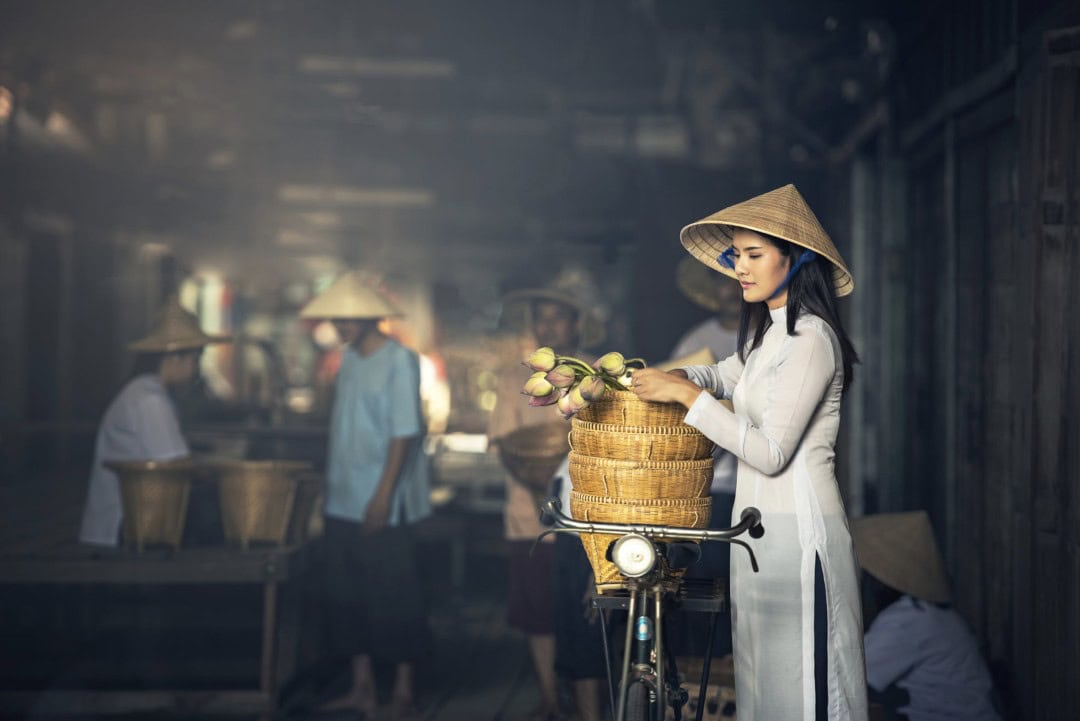
For city exploration, Saigon (Ho Chi Minh City) and Da Lat are excellent choices, offering a distinct French charm.
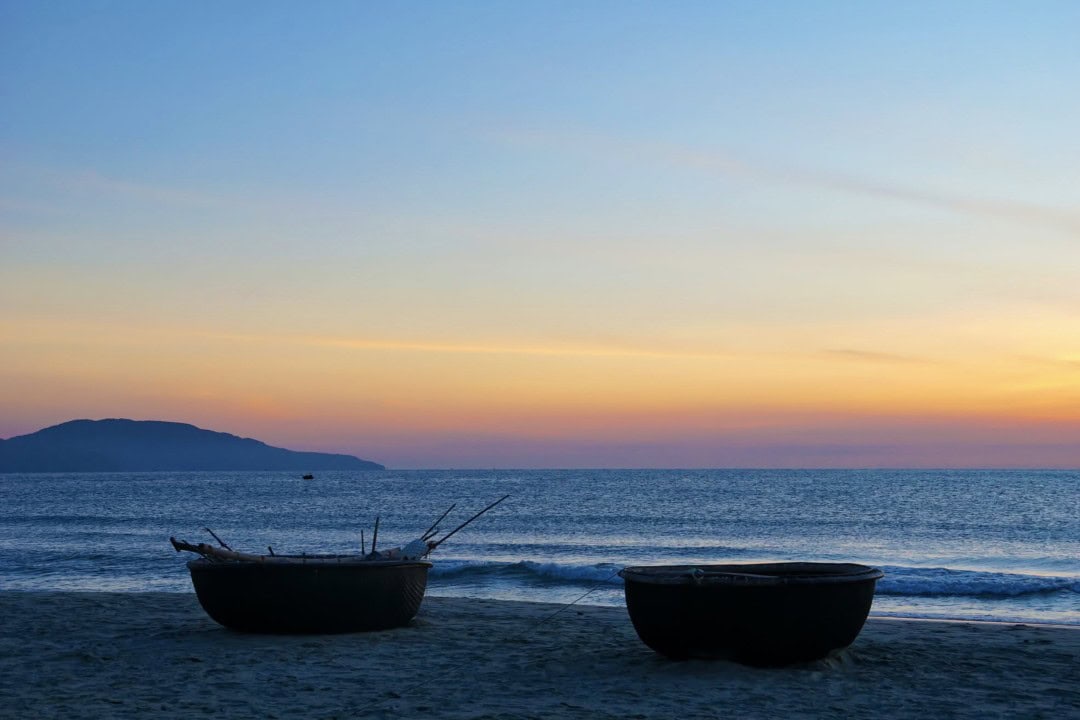
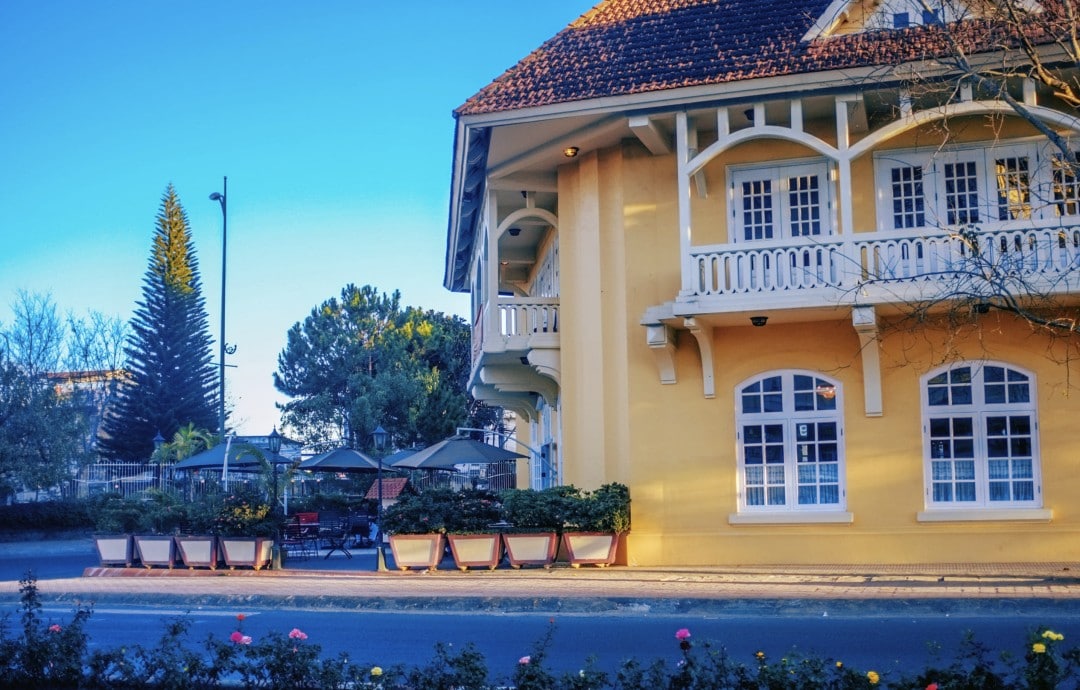
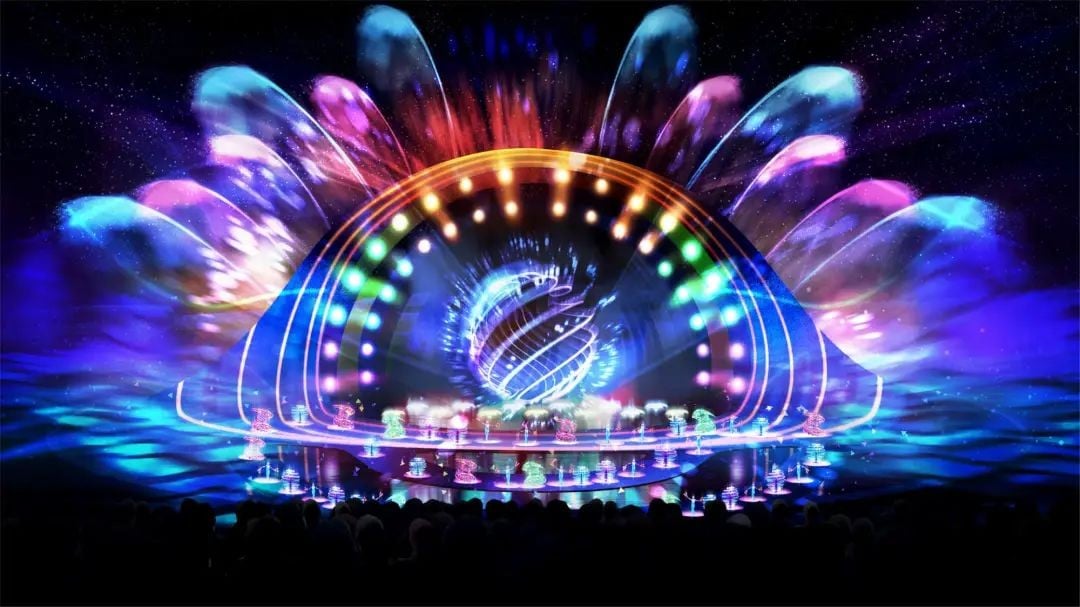
For those interested in ancient city cultures, Vietnam has Hue and Hoi An. Hoi An, in particular, exudes a timeless tranquility.
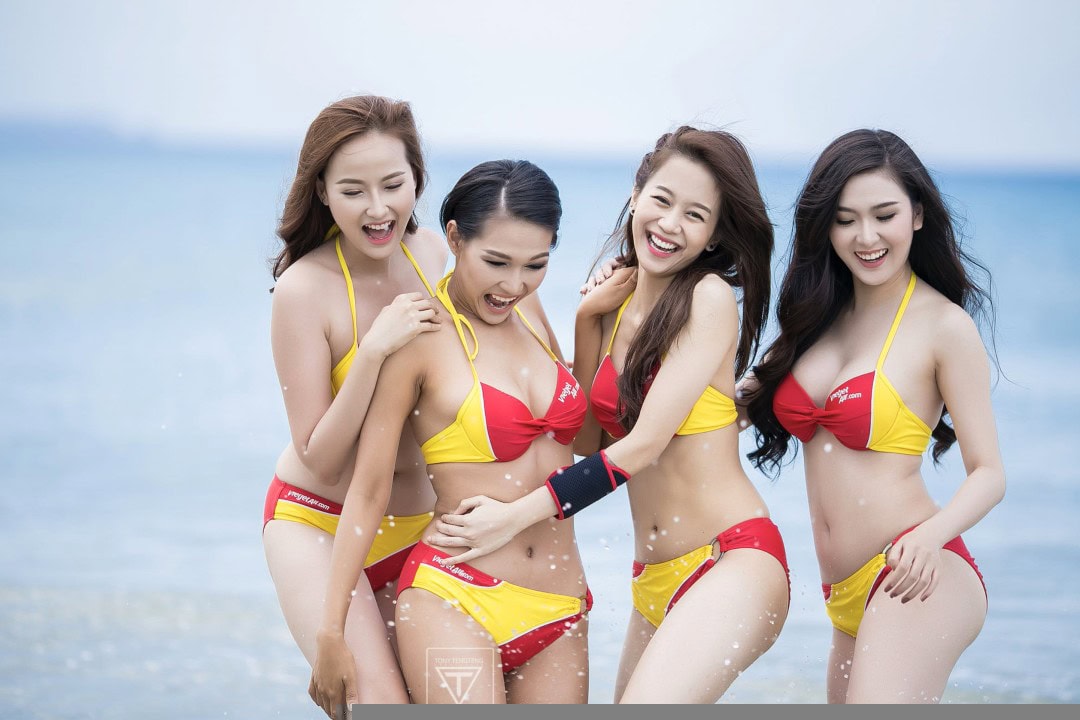
For outdoor adventures, Vietnam has Phong Nha-Ke Bang National Park, which houses the largest cave in the world, offering a unique adventure experience.
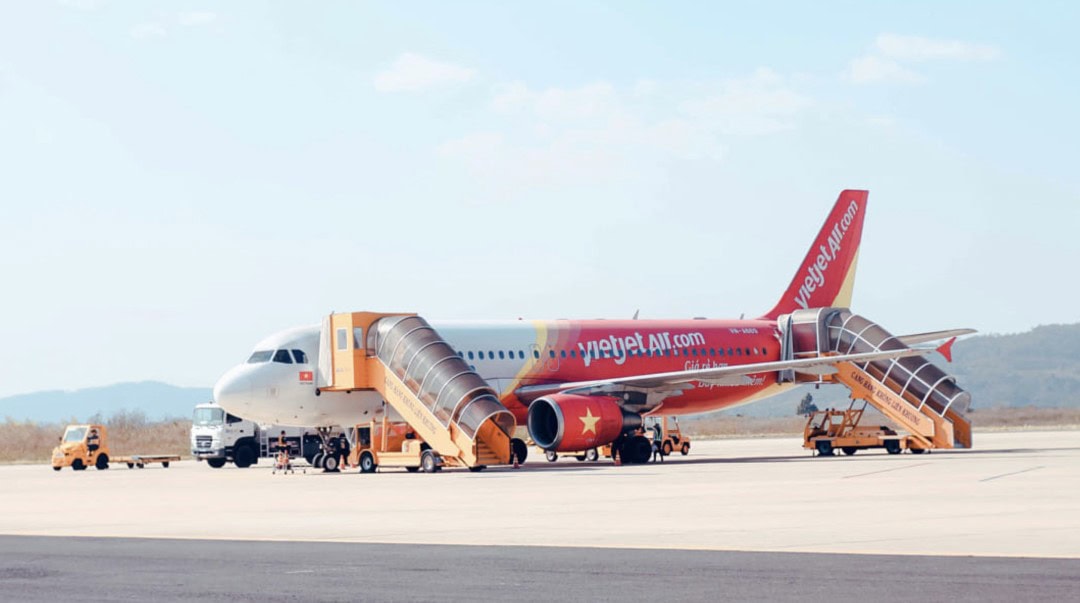
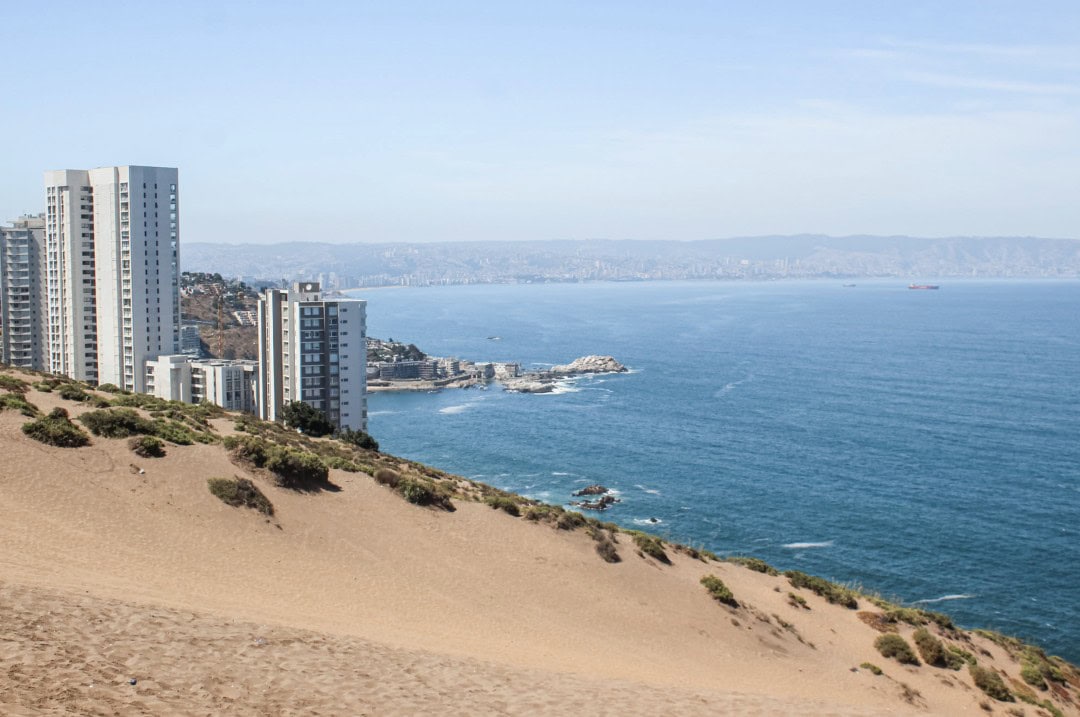
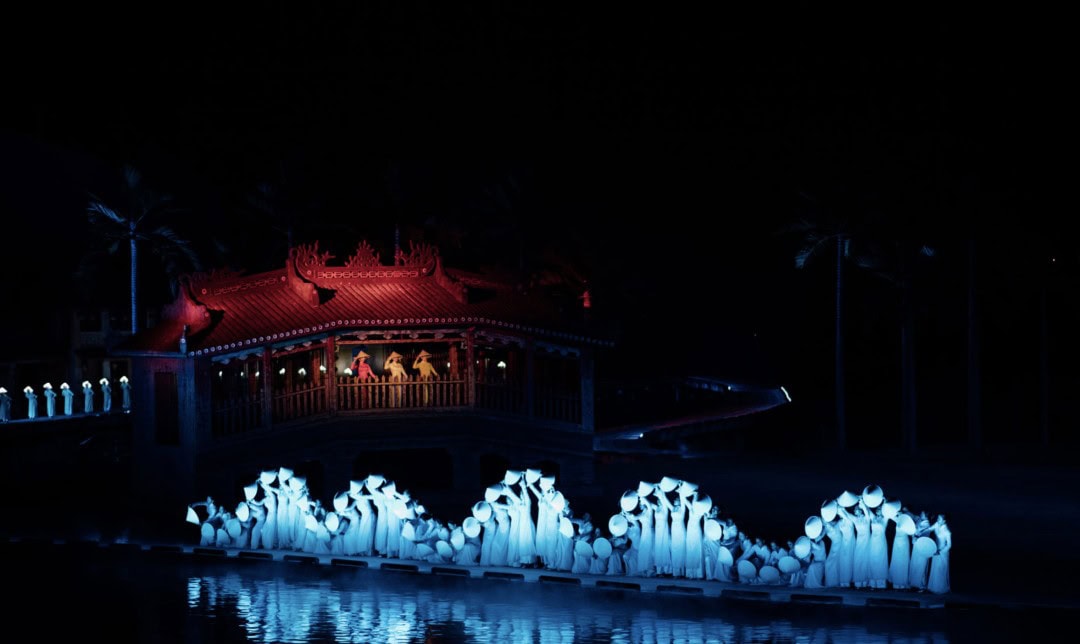
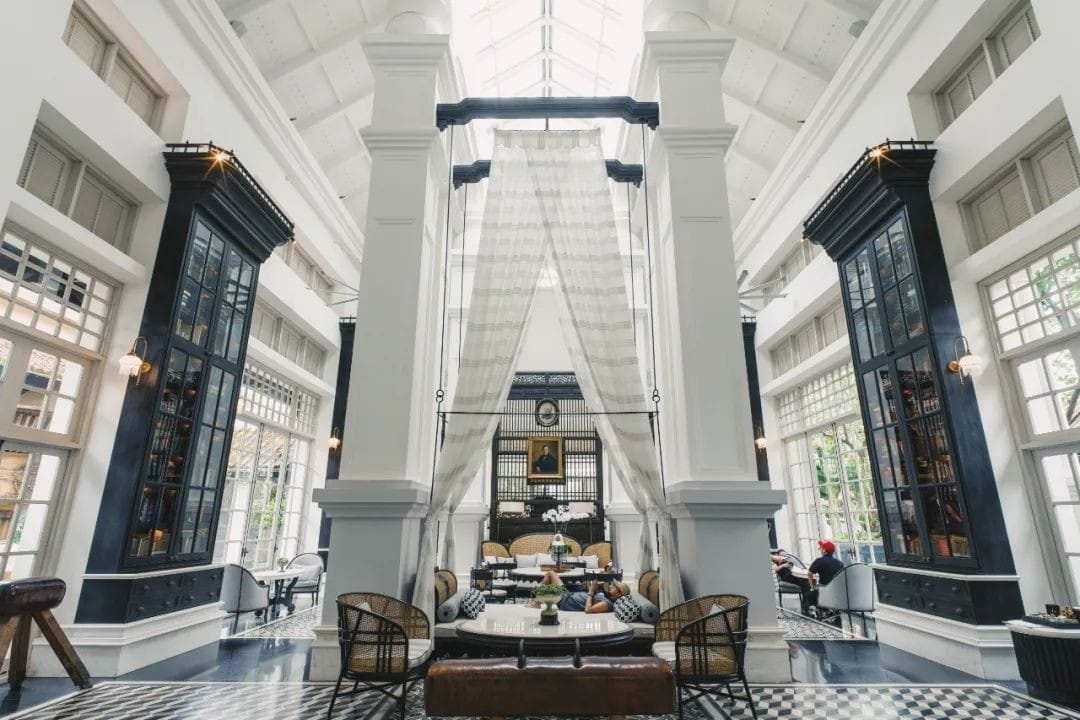
Vietnam is home to seven sites on the UNESCO World Heritage list, including Ha Long Bay, Phong Nha-Ke Bang National Park, the Complex of Hué Monuments, the Ancient Town of Hoi An, My Son Sanctuary, the Citadel of the Ho Dynasty, and the Central Sector of the Imperial Citadel of Thang Long in Hanoi.
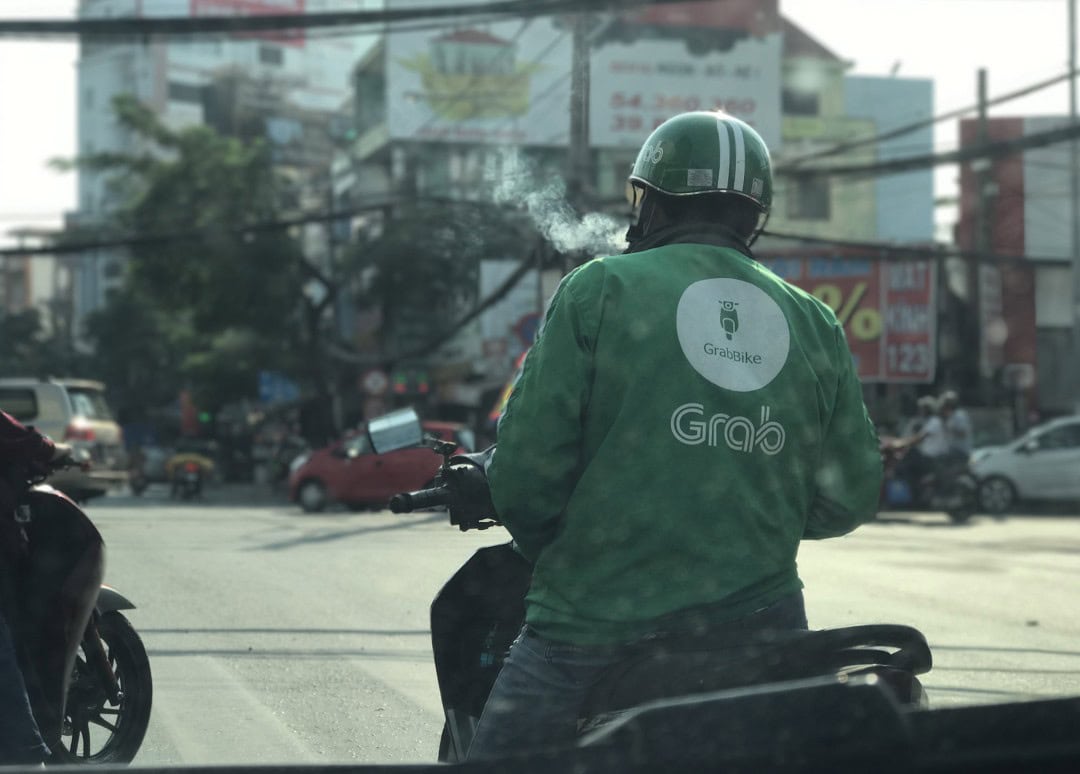
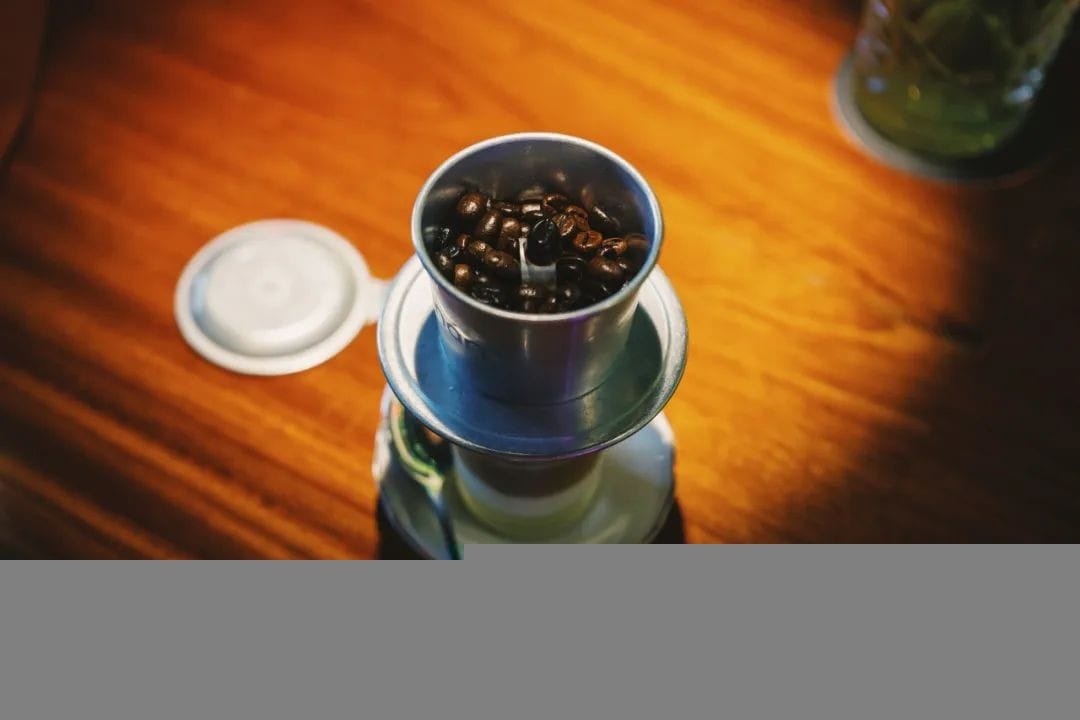
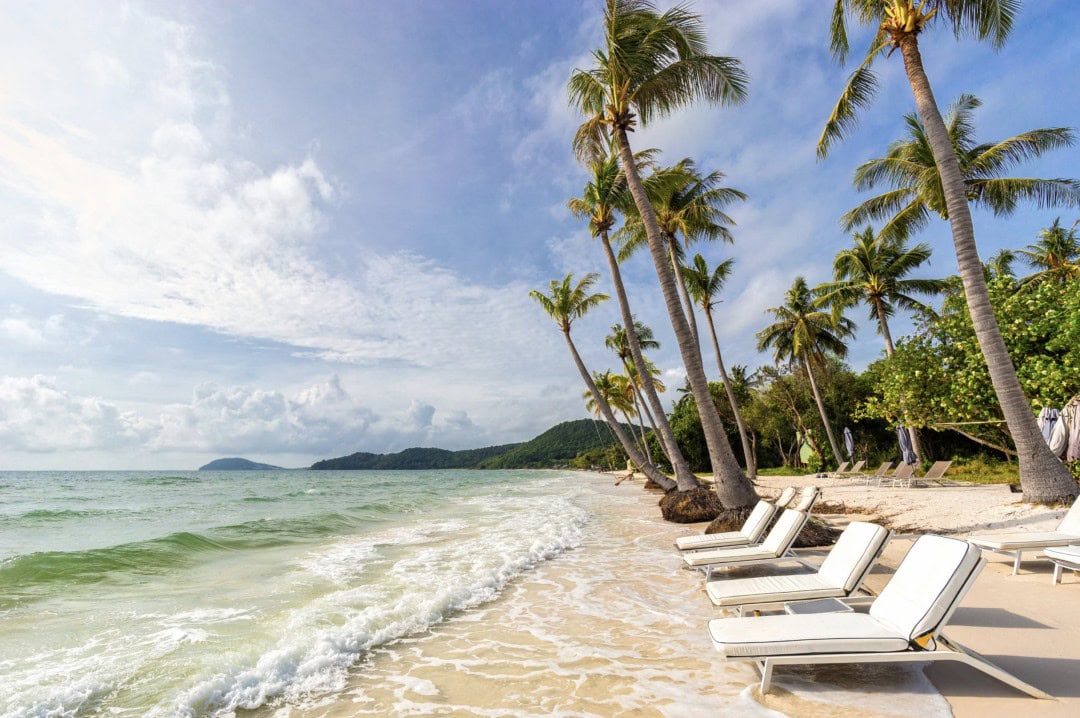
I have visited four of these sites, and they are indeed remarkable.
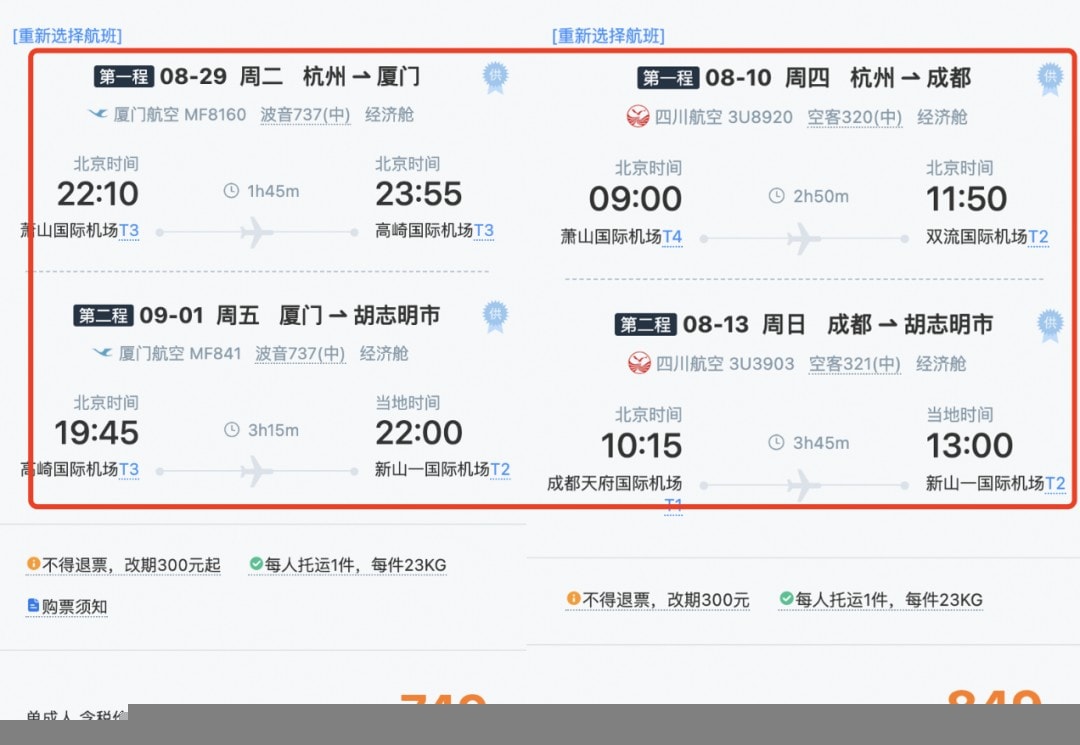
How to travel in Vietnam?
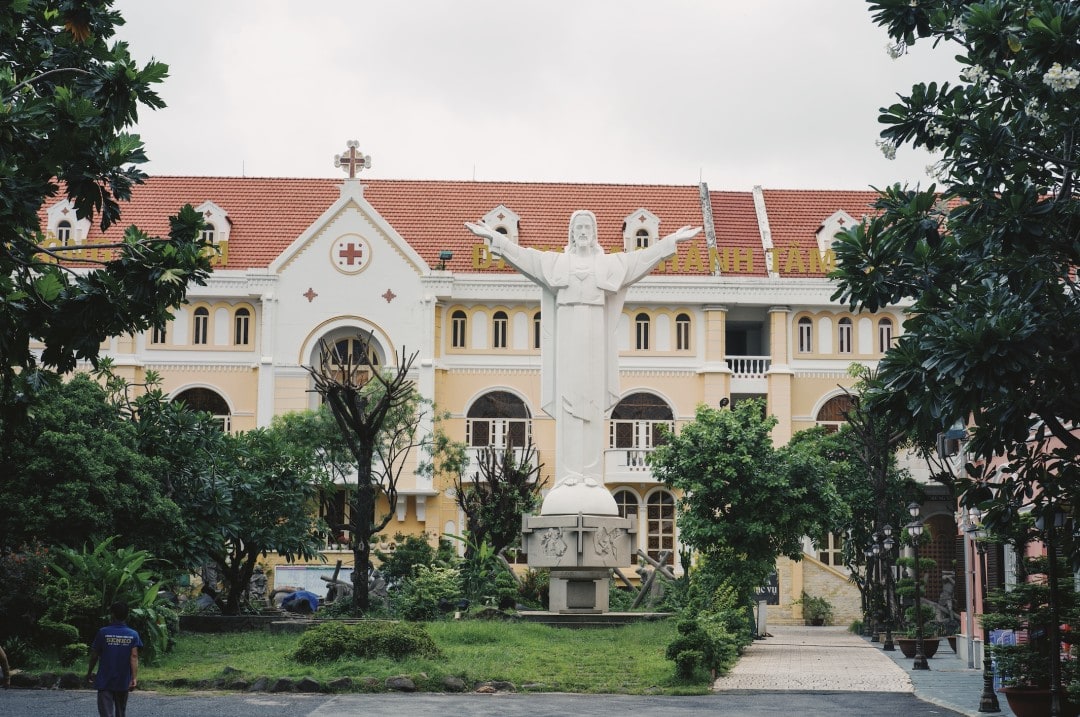
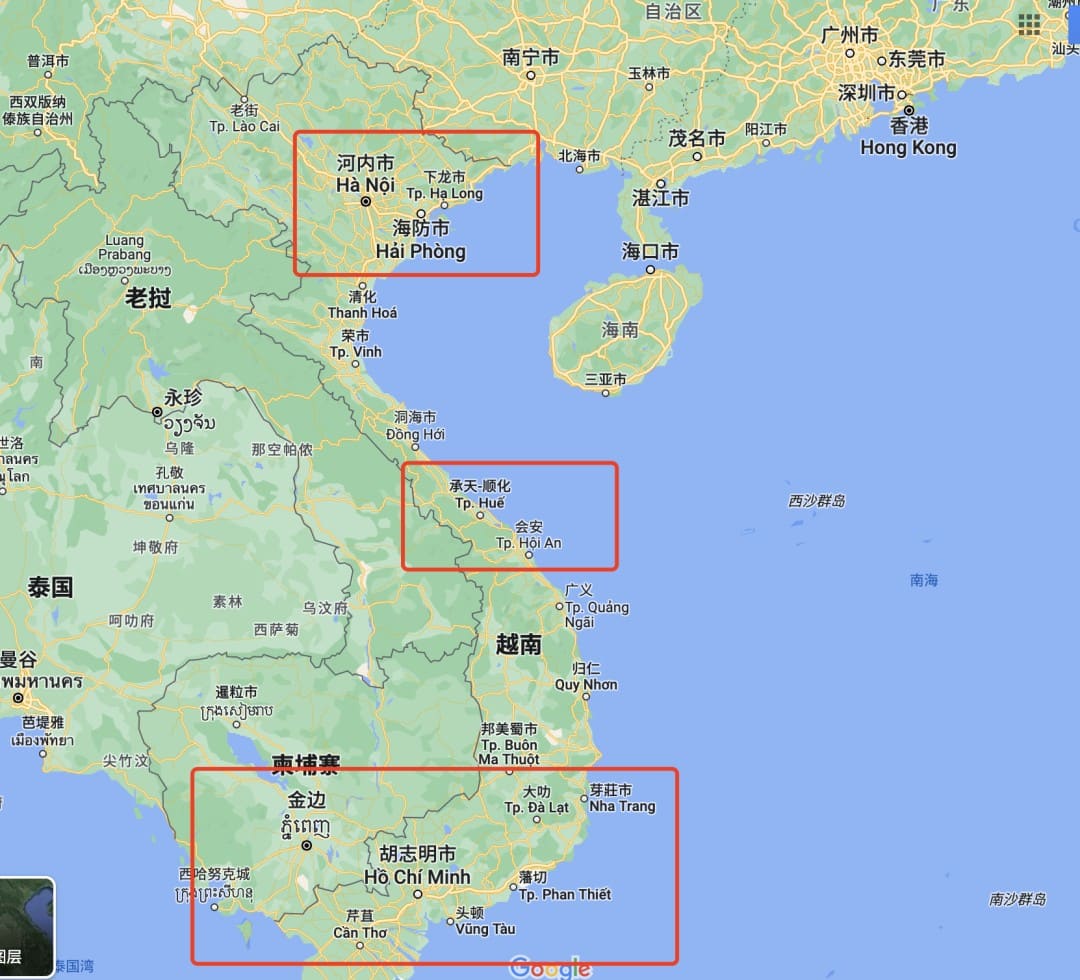
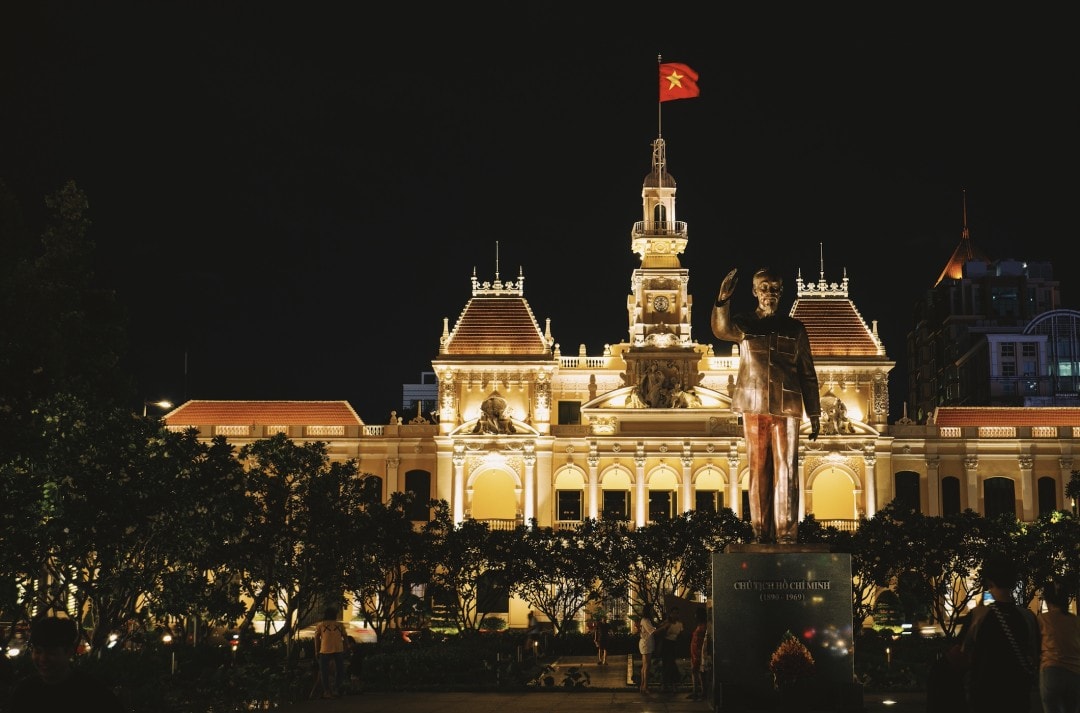
Let me provide a geographic overview. Vietnam is a long, narrow country, stretching about 1,600 kilometers from north to south.
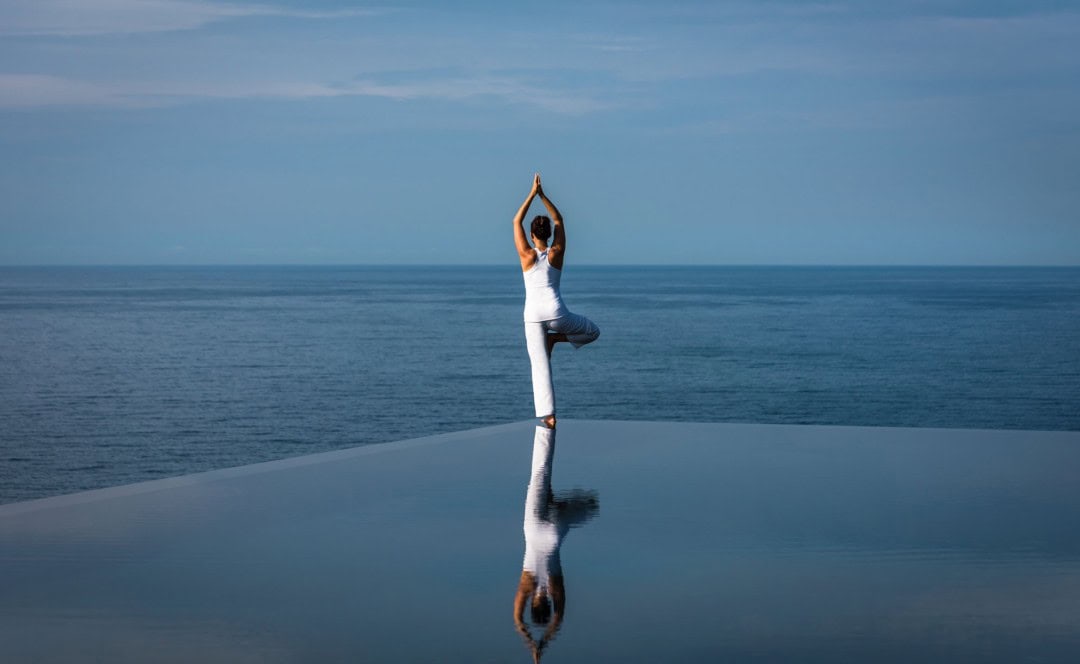
The country is not very large, but the distances between various travel destinations are quite significant.
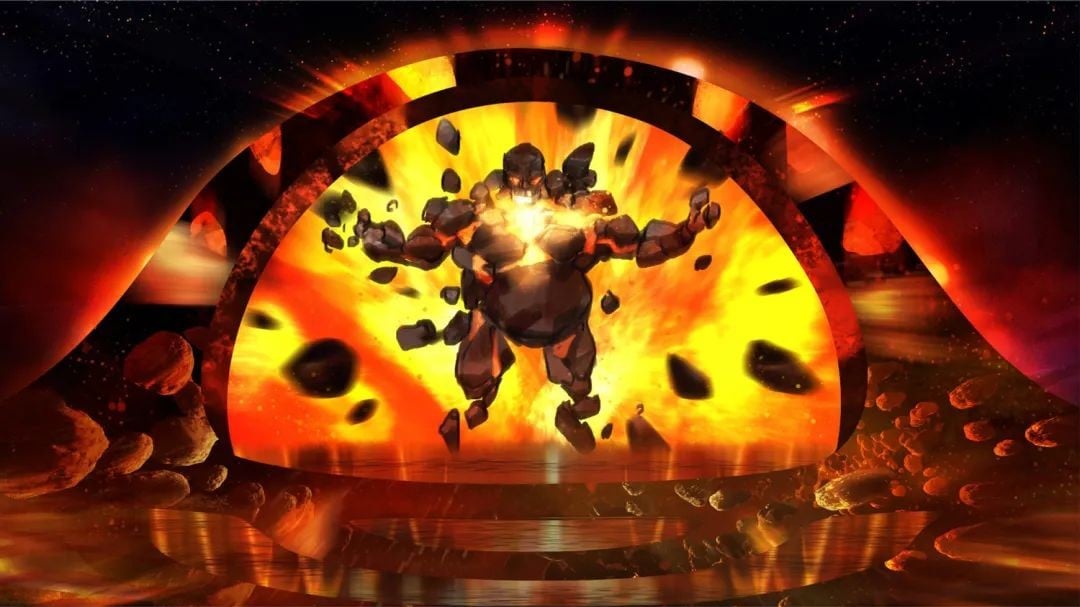
Unless you have an extended travel period, don’t expect to cover the entire length of Vietnam in one trip.
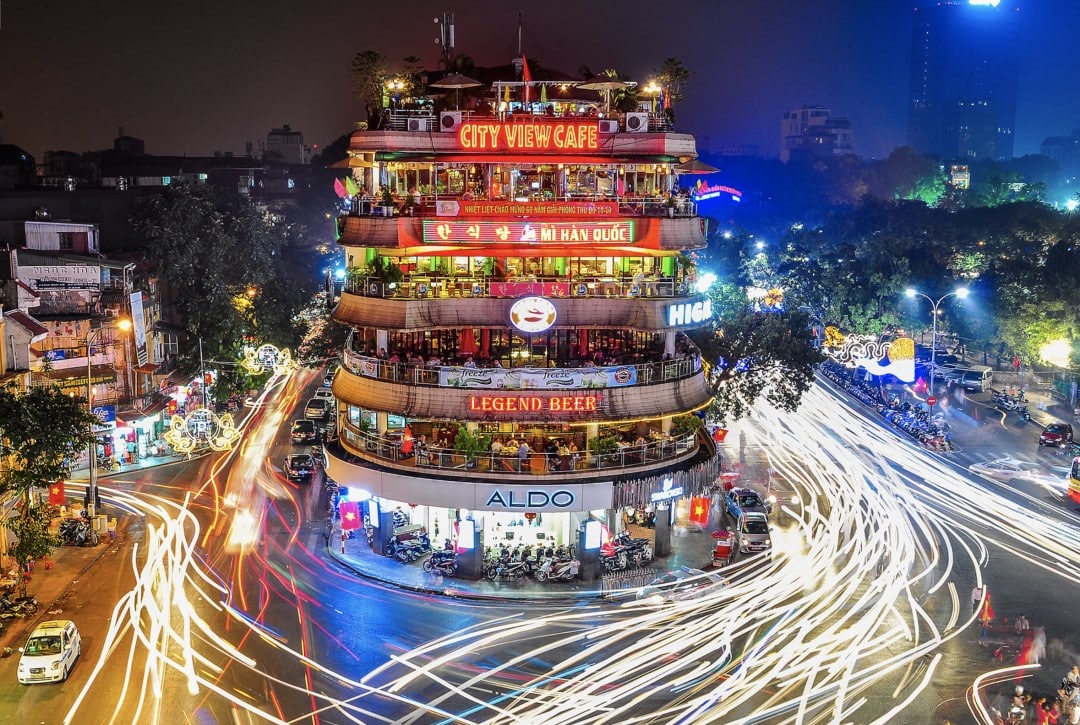
Vietnam is primarily divided into three regions: the North, the Central, and the South.
North: Hanoi (the capital of Vietnam), Ha Long Bay (karst landscape, often compared to Guilin on the sea), Sapa (similar to Longsheng Rice Terrace in Guangxi).
The northern part of Vietnam is geographically closer to China, with many cultural and lifestyle similarities, making it easy for Chinese speakers to navigate. It’s also accessible by land, which adds convenience.
However, to be honest, I don’t particularly like Northern Vietnam.
Central: Hue (ancient imperial city), Hoi An (Vietnam’s Lijiang), Danang.
Central Vietnam is quite interesting due to its blend of Eastern and Western cultures. Historically, the influence of ancient China usually extended up to the central region of Vietnam.
In Hue, you can see reflections of the Forbidden City. This city was the capital of the last Vietnamese dynasty, the Nguyen dynasty, and its Imperial City was modeled after the Forbidden City, rich in history and relics.
Hoi An gives off vibes similar to Lijiang, Suzhou, and Hangzhou.
As early as the 15th to the 17th century, Hoi An and Malacca were the most important ports in Southeast Asia. Therefore, many Chinese and Japanese merchants traded in Hoi An, infusing it with cultural elements from both countries.
The most famous attraction in Hoi An is the Japanese Bridge.
Hoi An’s nightscape is incredibly beautiful, exuding a traditional atmosphere everywhere. At nightfall, people float lanterns on the Hoi An River, which has become a nightly tradition.
Hoi An’s cuisine is arguably the best in all of Vietnam.
Additionally, Hoi An has a long history of traditional Ao Dai tailoring. Ao Dai is the national dress of Vietnam, similar to the Chinese cheongsam. If you want to customize a handmade Ao Dai, Hoi An is the place to go.
My Khe Beach in Danang is listed by Forbes Magazine as one of the six most beautiful beaches in the world, though I feel this accolade might be a bit exaggerated.
Beach vacations in Vietnam mainly revolve around Danang, Nha Trang, Mui Ne, and Phu Quoc Island.
The main airport in Central Vietnam is in Danang, but there are very few direct flights from China to Danang (it seems only Hong Kong and Macau have them).
This is largely because Danang allowed casinos to open, leading many charter and direct flights to cease operations.
A word of caution: steer clear of gambling when traveling abroad. Many places in Southeast Asia have casinos, but they are far less regulated than those in Macau, and you might end up losing money without even realizing how.
Central Vietnam is home to another gem, Phong Nha-Ke Bang National Park, ideal for cave expeditions. Just thinking about exploring the world’s largest cave already feels exhilarating, doesn’t it?
However, this place is somewhat distant from Hoi An, Hue, and Da Nang, making it less convenient transportation-wise, and thus not very crowded. It tends to be more popular among foreigners.
In Vietnam, only one company is authorized to operate cave expeditions in Phong Nha-Ke Bang National Park. You can find their official website here. Do note that bookings need to be made well in advance.
https://oxalisadventure.com/
Southern Vietnam: Nha Trang (a budget-friendly alternative to Sanya), Da Lat (a French-style mountain town), Mui Ne (half sea, half desert), Ho Chi Minh City (the Paris of Southeast Asia), and Phu Quoc Island (the only visa-free destination, boasting Vietnam’s best waters and beaches).
This area exudes a stronger French ambiance, with better waters and beaches.
Southern Vietnam is my favorite.
Nha Trang currently has the most direct flights from various cities in China. Vietnam Airlines alone offers flights from several cities to Nha Trang.
VietJet Air and Pacific Airlines also have numerous charter flights.
So if you know how to book, round-trip tickets from China to Nha Trang are always priced reasonably. They’re definitely cheaper than tickets to Sanya.
The main reason is that previously flights were split between Da Nang and Nha Trang, but now Da Nang has reduced flights due to some DC route cuts, prompting more flights to Nha Trang.
Nha Trang enjoys a pleasant climate, the city stretches along the coastline, and the cost of living is much lower than in Sanya. It’s really worth a visit.
I will write a detailed guide on Nha Trang, so I won’t go into more detail today.
Just think about it: Aman and Six Senses are both in Nha Trang. Isn’t that enough to prove how great Nha Trang is?
Da Lat is a mountain town, a summer retreat for the Vietnamese people, with a very French ambiance. It’s also one of my favorite cities. Very picturesque and refreshing.
Vietnam’s wine and coffee production areas are mostly concentrated in Da Lat.
The downside is that Da Lat doesn’t have international flights, making it relatively troublesome to travel there from abroad.
Mui Ne, just the name looks beautiful in Chinese, and it sounds “Mook-ai-nay” in Vietnamese…
This place offers a unique combination of sea and desert, with coconut trees, waves, clear water, and fine sand. For a beach vacation in Vietnam, Mui Ne offers excellent value for money.
Ho Chi Minh City is the most French-influenced city in Vietnam.
People who have feelings for this city call it Saigon. Those who might not care for it as much, call it Ho Chi Minh.
Many people dislike Ho Chi Minh City, feeling that it is chaotic, noisy, and somewhat dilapidated.
But the locals told me that the noise and decay I see before me do not belong to Saigon, but to Ho Chi Minh City. Saigon, with its indelible French charm, is inherently romantic.
But similarly, you need to know how to enjoy it.
This city awaits my detailed travel guide later on. It’s too much to explain in just a few words.
There is no need to introduce Phu Quoc Island—it boasts the best beaches, the clearest waters, and a collection of luxurious hotels in Vietnam. It is undoubtedly the best choice if you want to enjoy a good vacation in Vietnam.
Currently, there are direct flights to Phu Quoc Island from Shanghai and Hong Kong. Phu Quoc Island is visa-free, so all you need is a passport to set off.
Overall, the farther south you go in Vietnam, the more entertaining it becomes, and the more beautiful it gets.
If you have more than 15 days, consider a journey from north to south or vice versa.
With just a week, I suggest choosing one of the three regions for an in-depth tour—south, central, or north Vietnam. The south might feel insufficient, especially if you plan to visit Phu Quoc Island.
If you only have 4-5 days, choose 1-2 cities. For example, Saigon + Mui Ne, Saigon + Dalat, Saigon + Phu Quoc Island, Nha Trang + Mui Ne, Hanoi + Ha Long Bay, Da Nang + Hoi An.
There are three must-see shows in Vietnam.
One is the live performance “Hoi An Memories” in Hoi An, which recreates the beautiful and prosperous Hoi An from over four centuries ago. The connections with China and Japan are also told in this live performance.
Official website: https://hoianmemoriesland.com/cn/
Another is the A O Show at the Saigon Opera House in Ho Chi Minh City, performed in the evenings. It is touted as the Vietnamese version of Cirque du Soleil.
Official website: https://www.luneproduction.com/ao-show
By the way, the show is at the Saigon Opera House, a century-old building in the city center that is a highlight in itself.
During my stay in Saigon this time, I stayed at the Park Hyatt, and the opera house was just diagonally across from it.
On Phu Quoc Island, there is also a show called “Kiss The Stars Show.”
This is the latest event, having just opened this year. It combines light, sound, fire, electricity, and water. I watched it during my visit and found it quite interesting. Before going, I thought it was a musical fountain show, but I felt it was worth the price after watching it.
Official Website: https://www.luneproduction.com/ao-show
As for water puppetry and similar performances, I personally find them quite dull; they belong to the sort of theatrics that have been phased out by the times. I noticed that tour buses often take tourists to water puppet shows.
Vietnam also has no shortage of good hotels.
In Ho Chi Minh City, there’s the Park Hyatt; in Nha Trang, there’s the Aman and Six Senses; Hanoi boasts the Sofitel Legend and Capella; and Phu Quoc Island has even more great hotels, with my top recommendation being the JW Marriott.
The best local hotel group in Vietnam is Vinpearl. It’s a hotel plus amusement park project with locations in Nha Trang, Da Nang, Phu Quoc Island, Hoi An, and Hai Phong, often referred to as the Vietnamese version of Disney.
Regarding transportation in Vietnam:
If you are planning a multi-city tour and want to save money, I recommend the Open Bus services from The Sinh Tourist.
They have a very comprehensive route from Ho Chi Minh City to Mui Ne, Dalat, Nha Trang, Hoi An, Da Nang, Hue, and Hanoi. They also offer combined car and boat services to Phu Quoc Island and Con Dao.
From their website, I see that they now also run buses to Siem Reap, Sihanoukville, and Phnom Penh.
Official website: https://www.thesinhtourist.vn/
In addition, there are Phuong Trang (Futa) and Hanh Cafe. These are also Open Bus operators in Vietnam.
The bus experience in Vietnam is decent; I tried it over 10 years ago. For long distances, they mostly use sleeping buses, where you can sleep through the night and arrive at your destination the next morning.
If you are flying within Vietnam, there are airports in Ho Chi Minh City, Hanoi, Da Nang, Nha Trang (Cam Ranh), Phu Quoc Island, Dalat, and Mui Ne (Phan Thiet).
For budget flights within Vietnam, you can choose Vietjet Air, Bamboo Airways, or Pacific Airlines (formerly Jetstar Pacific). Ticket prices for these budget airlines are typically between 200-400 VND one way.
Vietnam Airlines is more expensive as it is not a budget airline.
My top recommendation would be Vietjet Air, known as the legendary Bikini Airways, where occasionally the flight attendants wear bikinis on specific flights.
Don’t bother with trains in Vietnam; they are slow and expensive.
However, if you must book a train, the Hue to Da Nang route is highly recommended as it travels along cliffs by the coastline and is truly breathtaking.
Here is Vietnam’s version of 12306:
https://dsvn.vn/#/
In the city, taking a Grab taxi can be paid for in cash. In some cities in Vietnam, using a motorcycle taxi can be more reliable than taking a car, and you can also book these motorcycle taxis through Grab.
A downside, however, is that Grab’s motorcycle taxi drivers will most likely give you a green helmet (a symbol of bad luck in some cultures).
For maps, Google Maps is super reliable.
Vietnam’s Travel Seasons
The best time to visit Vietnam is from November to April of the following year because it’s the dry season with less rain and the temperatures are not too high.
From May to October is the rainy season, so the chances of encountering rain are higher.
Vietnam’s coolest period is from November to February of the next year.
I visited during the rainy season, and it was actually quite okay. It doesn’t rain all day every day. The picture below shows Nha Trang when it isn’t raining; the sea is beautiful, isn’t it?
About Vietnam Visas, Mainly Three Types
Separate Paper Visa
It has a validity and stay duration of around 15 days. There are no restrictions on the entry method and ports. Currently, it can only be processed for single entry. It’s called a separate paper visa because it’s given as a sheet of paper, not like other visas that are stuck in your passport.
Vietnam E-visa is also available.
E-visa website: https://e-visa-vietnam.com/
Visa Approval Letter
Airport visa on arrival is limited to four ports: Ho Chi Minh, Hanoi, Da Nang, and Nha Trang. You need a visa approval letter, which you print and present at the airport upon arrival to fill in entry details, get stamped, and pay a $25 visa fee to obtain the Vietnam visa on arrival.
Approval letters can be found on the ever-reliable Taobao.
Must-try Foods in Vietnam
Drip Coffee
I drink at least two cups daily; the soul of Vietnamese drip coffee is the condensed milk added to it. It’s just delicious.
Baguette
The most common street food is found in the hard French baguettes stuffed with various ingredients. The best baguette I had in Vietnam was at Park Hyatt Saigon.
Pho
Here’s a joke: In Vietnamese, “rice” is a euphemism for wife, while “pho” refers to a lover. Now you know why Vietnamese people love eating pho so much.
It’s also a popular street food found in alleyways and corners.
Seafood
I’ve never been a big fan of Southeast Asian seafood preparations, but I can’t deny that it’s really cheap.
Some tips for traveling in Vietnam:
The primary currency in Vietnam is the Vietnamese Dong, followed by the US Dollar. Chinese Yuan is only slightly more useful in the northern parts of Vietnam. So don’t believe anyone who says you can use Chinese Yuan freely across Vietnam.
There’s no need to buy a specific power adapter for traveling in Vietnam; any electrical devices or chargers with two-prong plugs will work.
At the border, avoid slipping money, but if you don’t have an exit plane ticket, slipping $10 might be a good idea.
Vietnam has more women than men, so single men might find themselves quite popular.
The streets are packed with a surge of motorbikes, so be extra careful when crossing the road.
Vietnamese people also follow the twelve zodiac animals, but they replace the rabbit with a cat. So, for any readers born in the year of the rabbit, in Vietnam, you’ll transition into the year of the cat.
Some movies you might want to watch before your trip to Vietnam:
“The Lover,” “The Scent of Green Papaya,” “The Taste of Summer”…
That’s it for the Vietnam travel guide.

